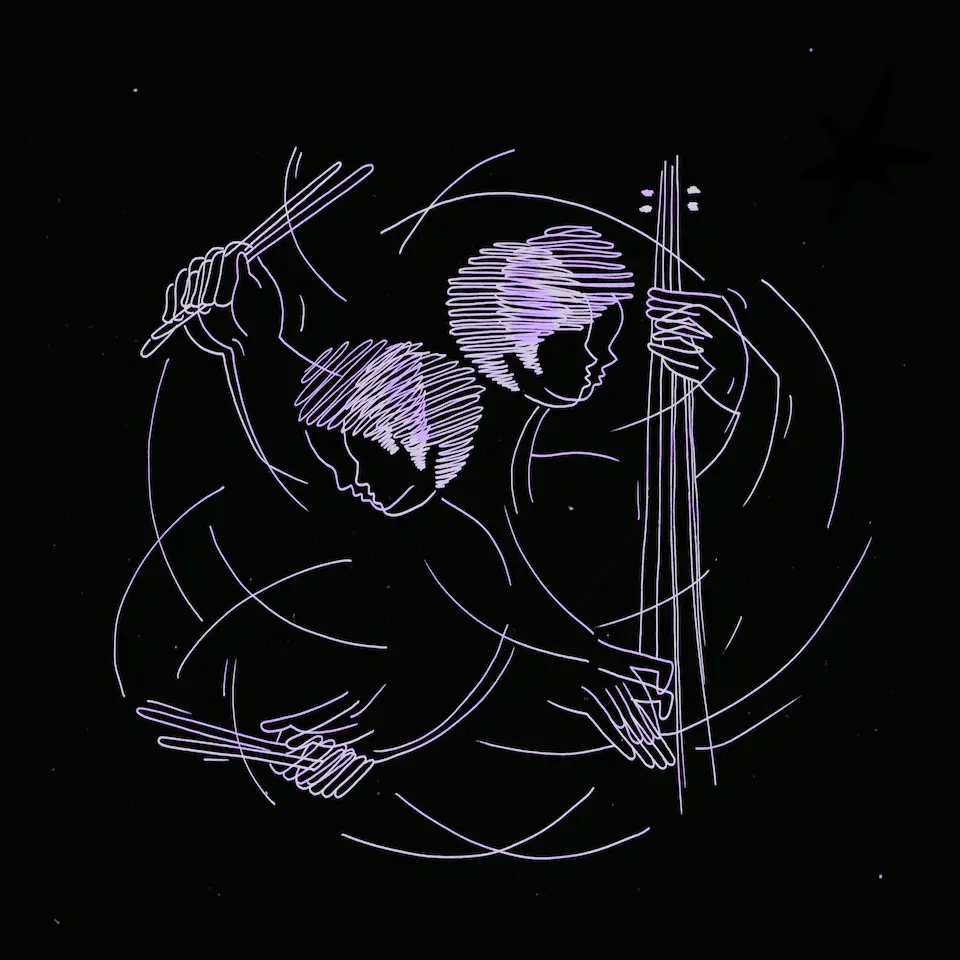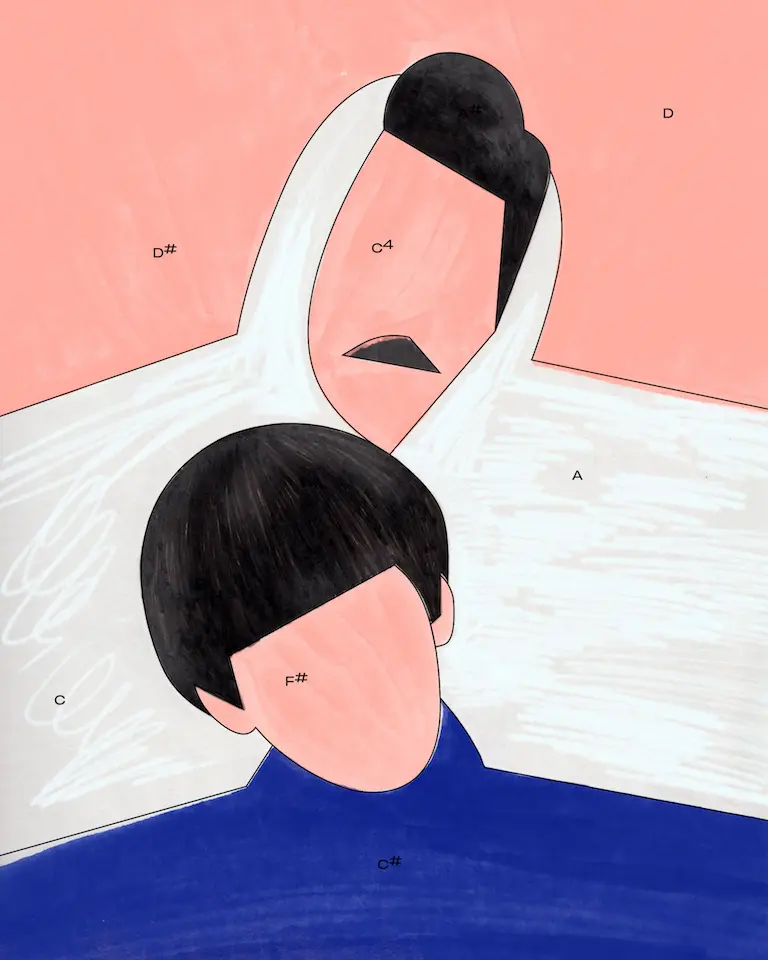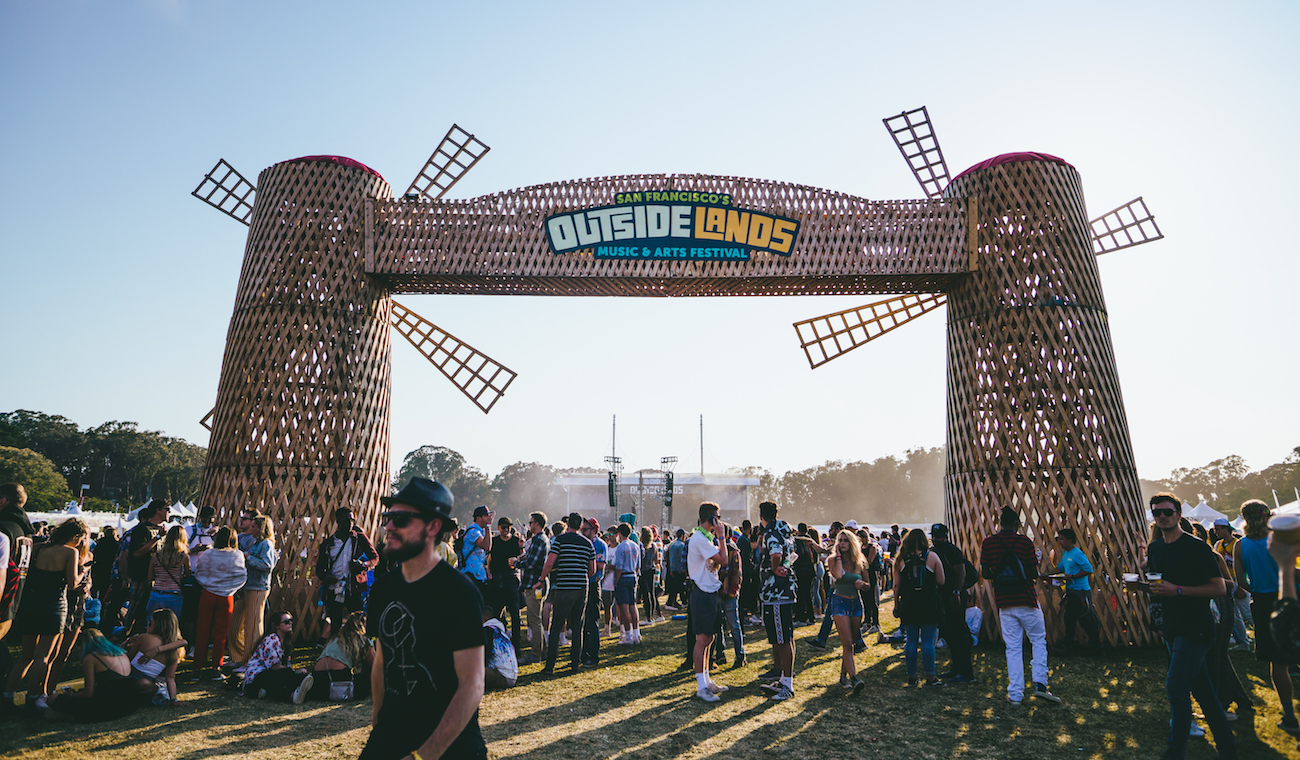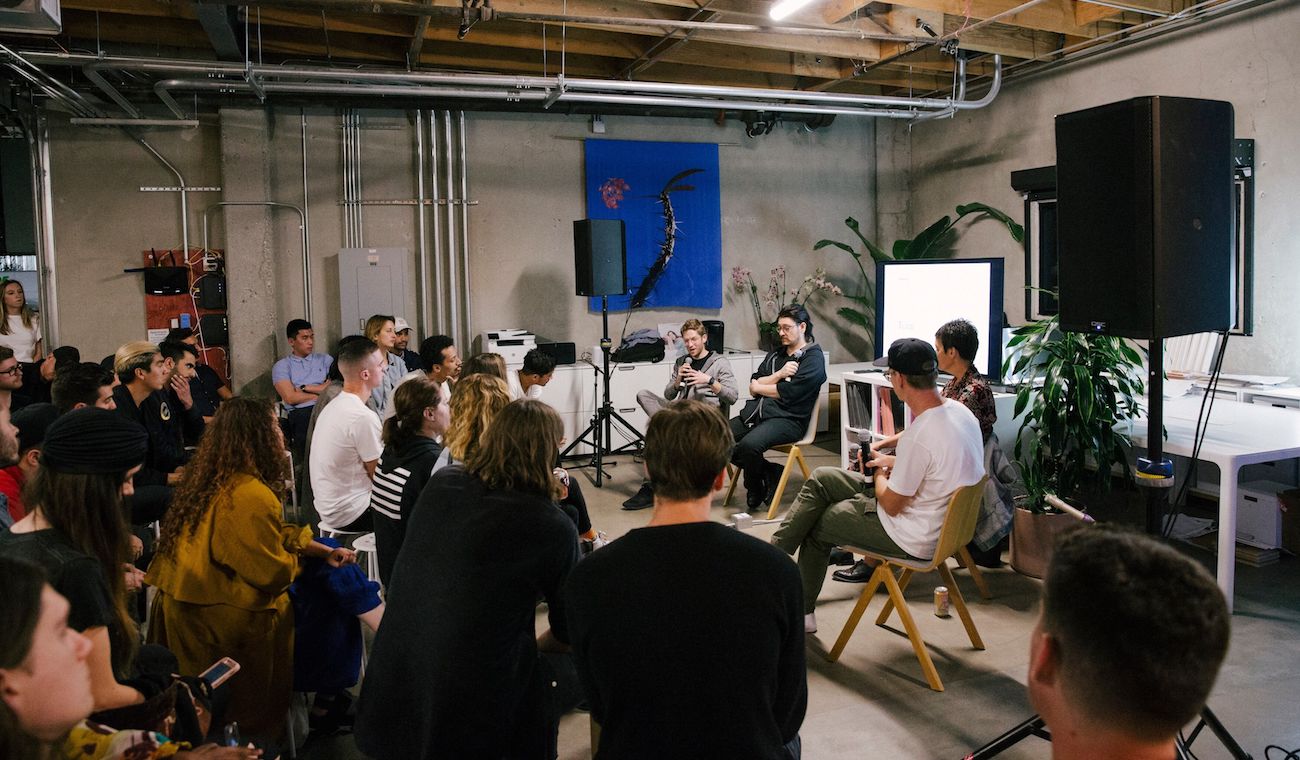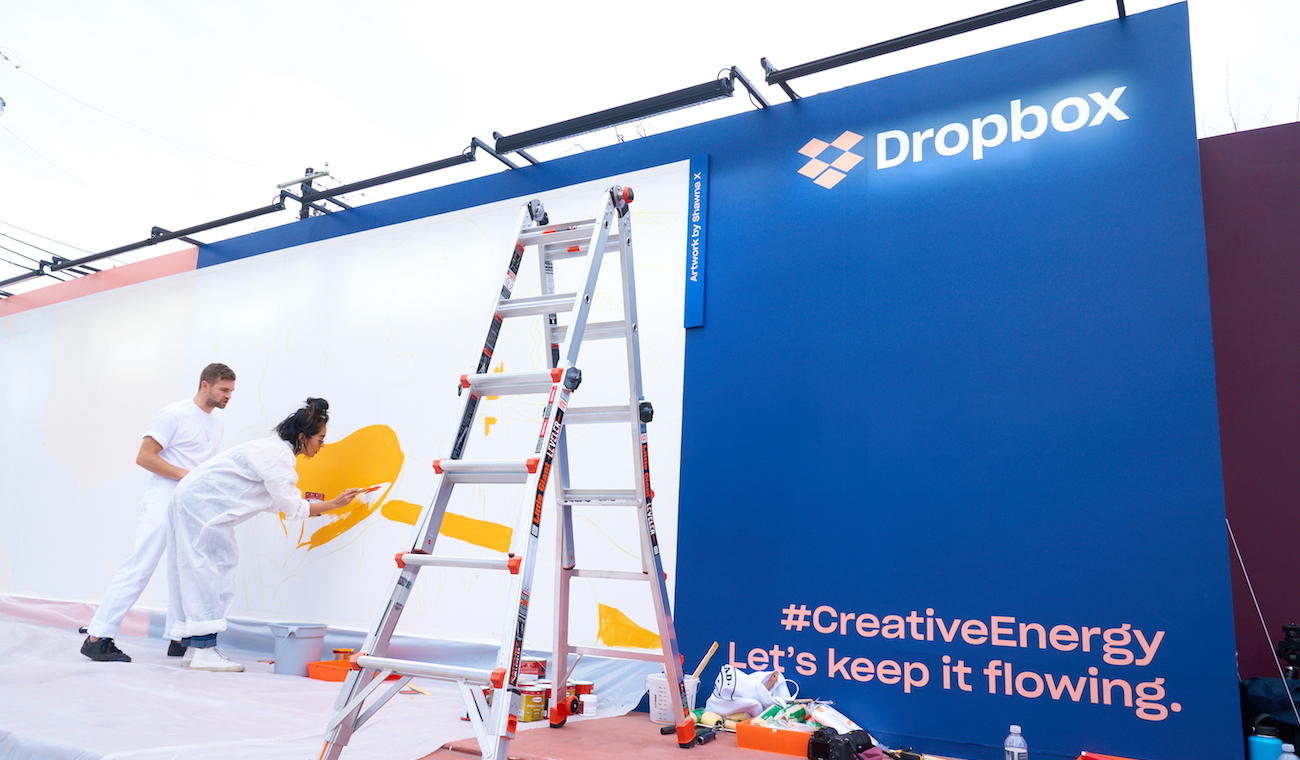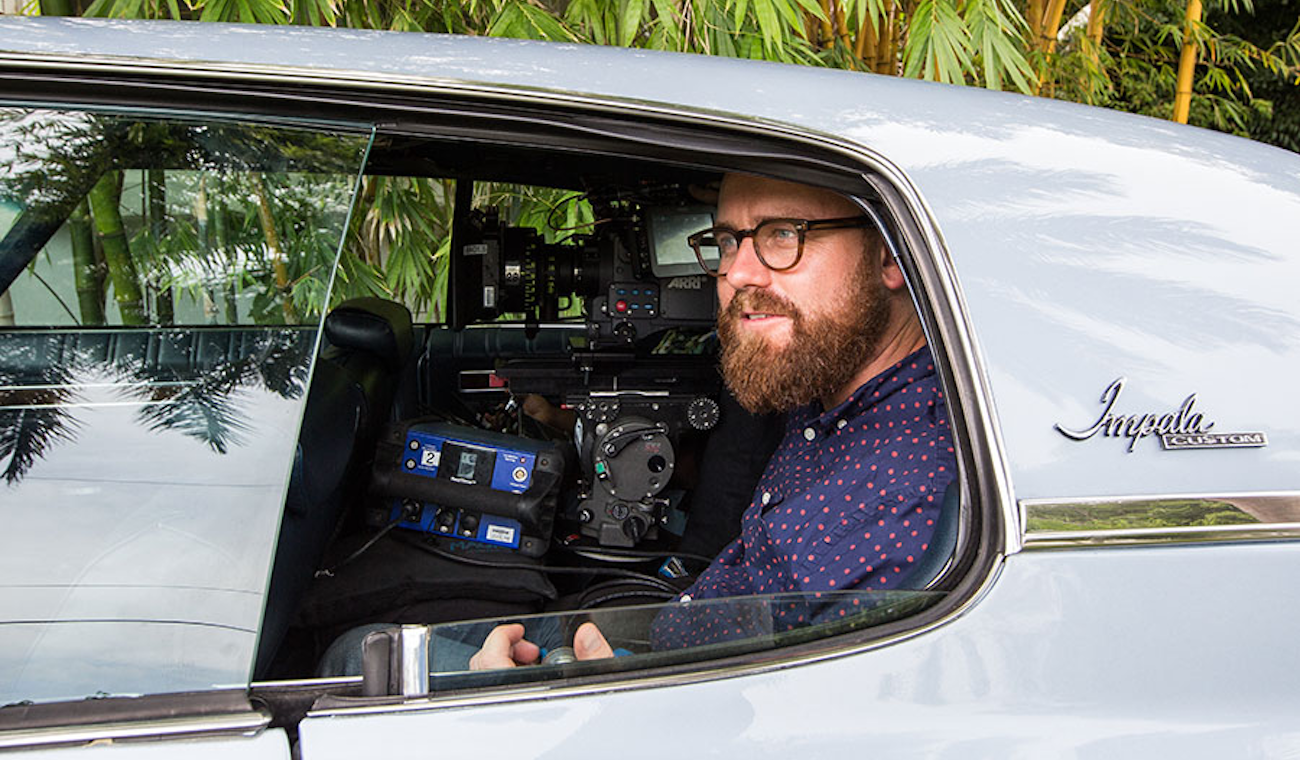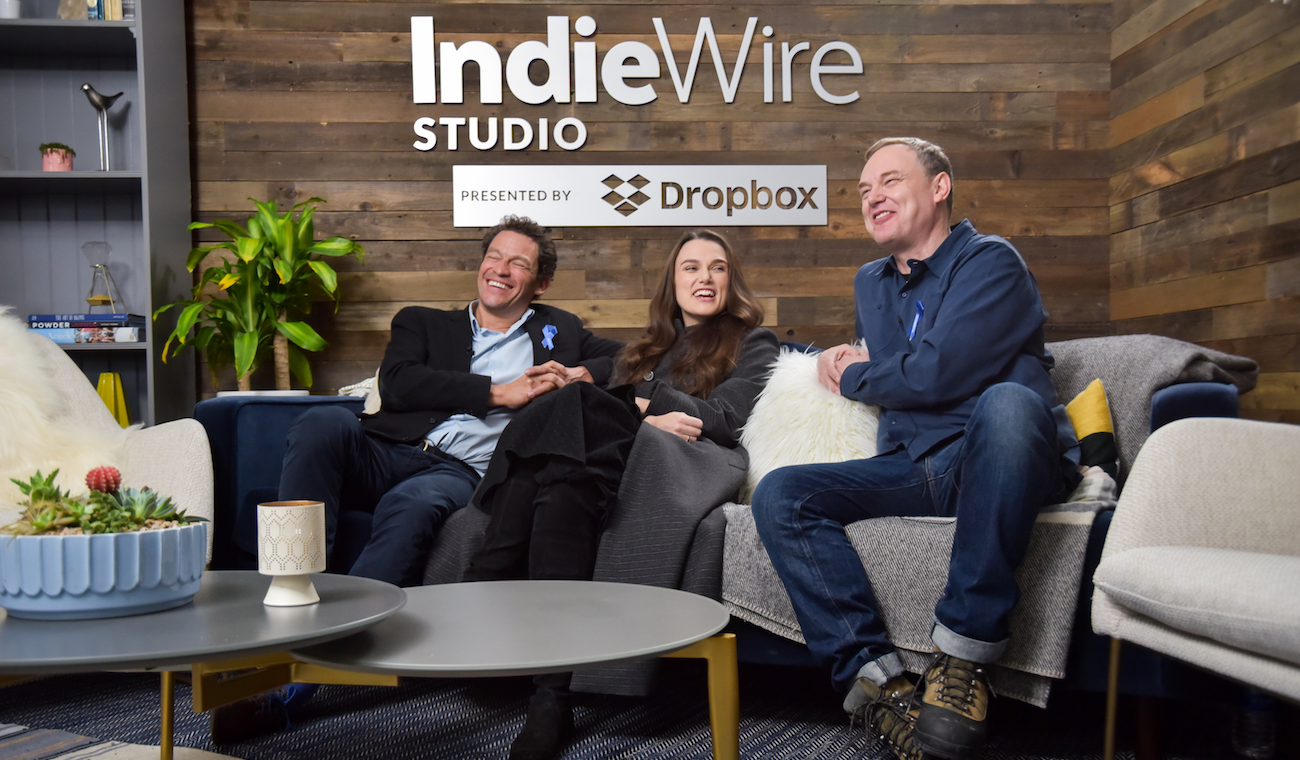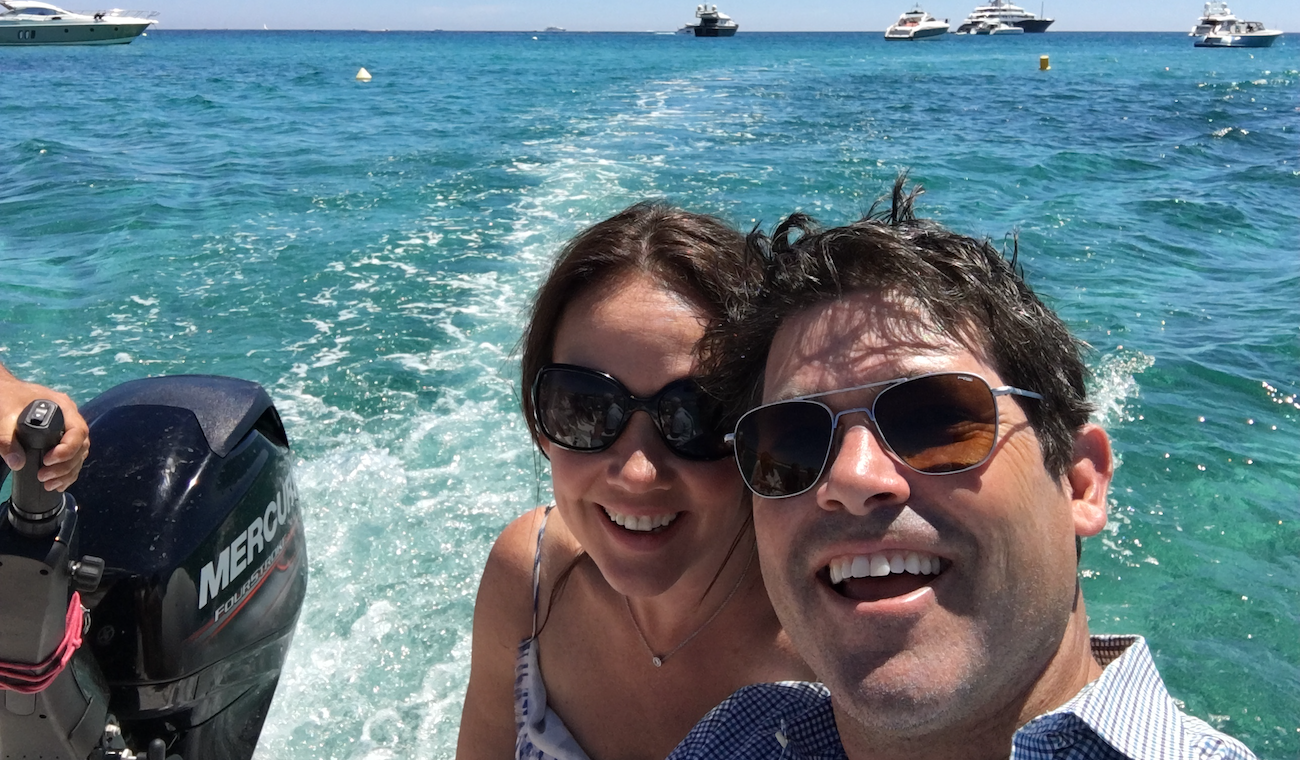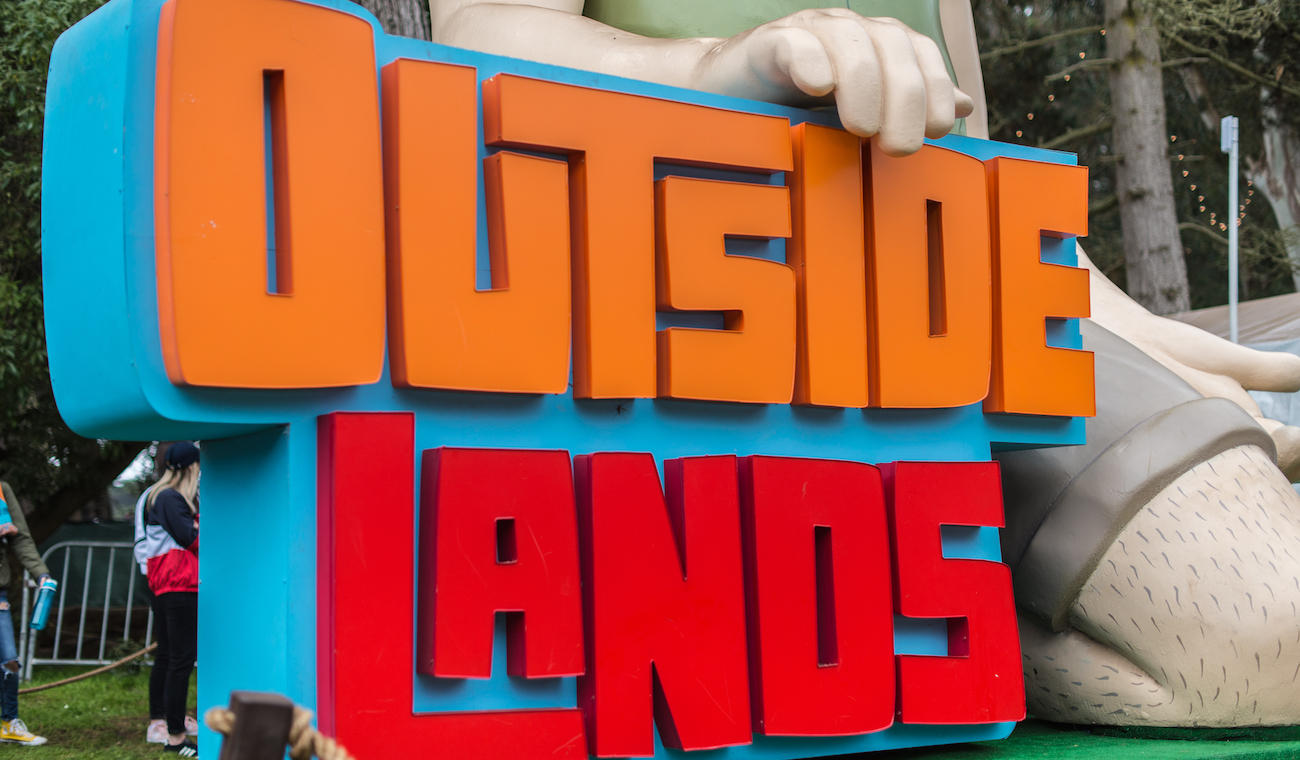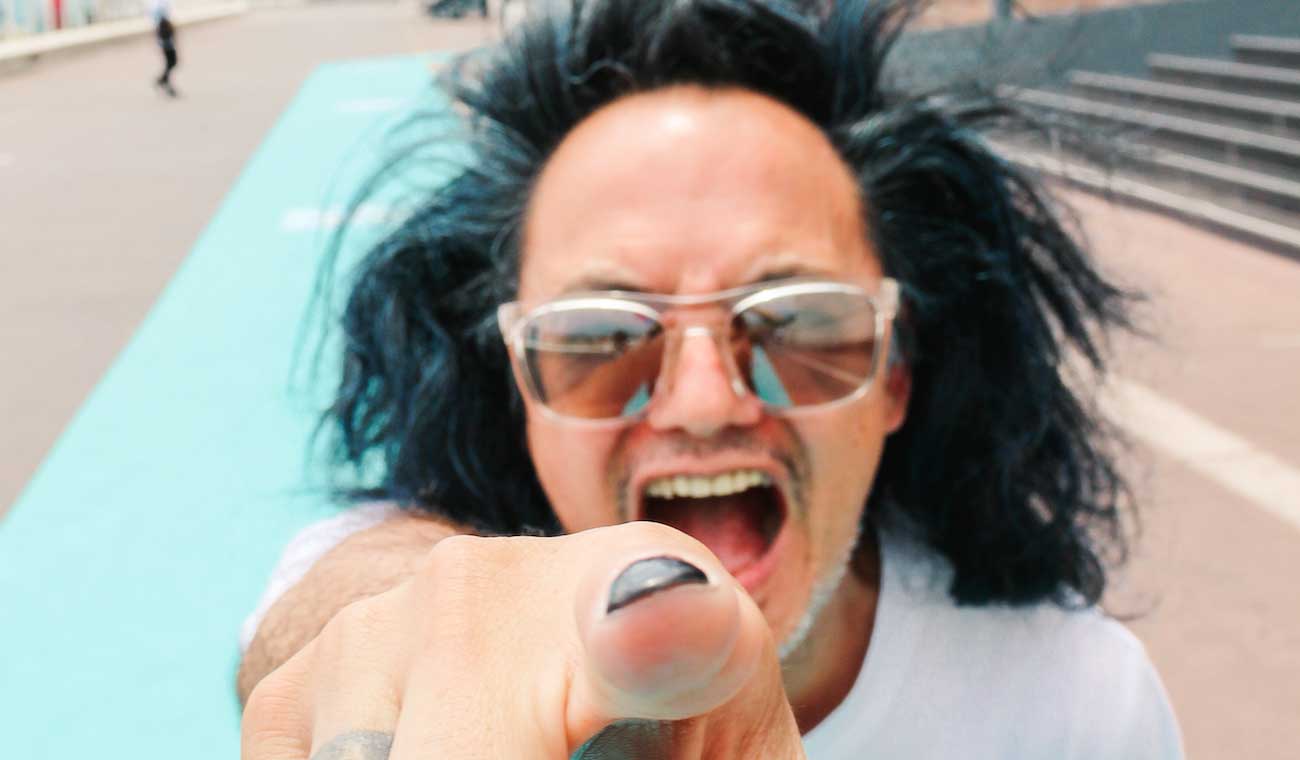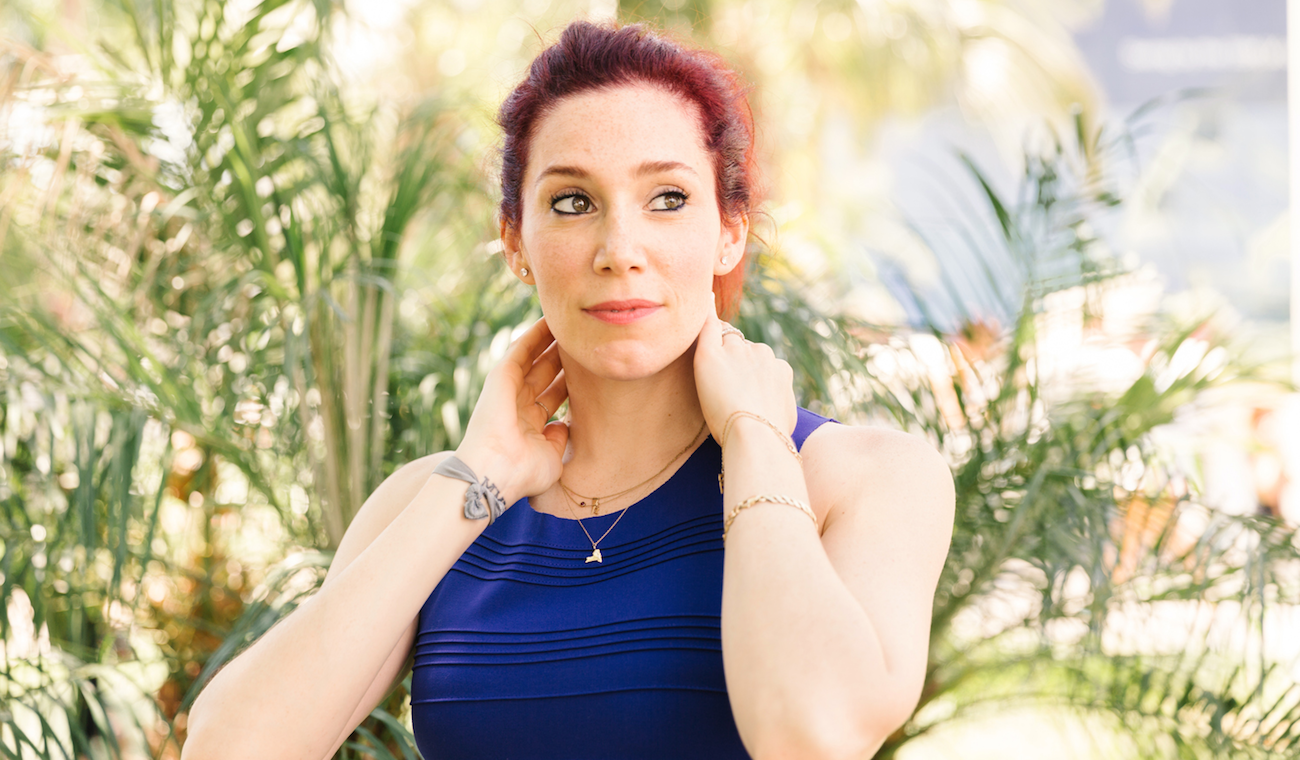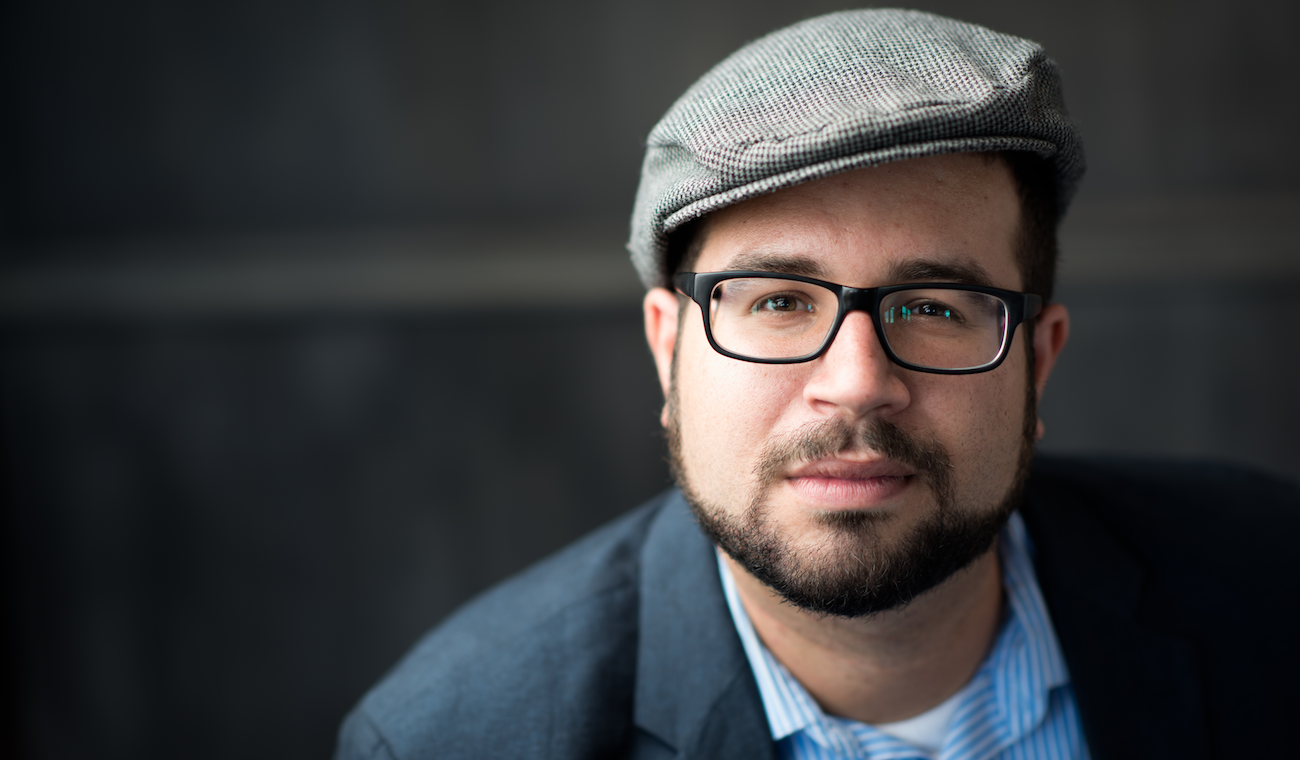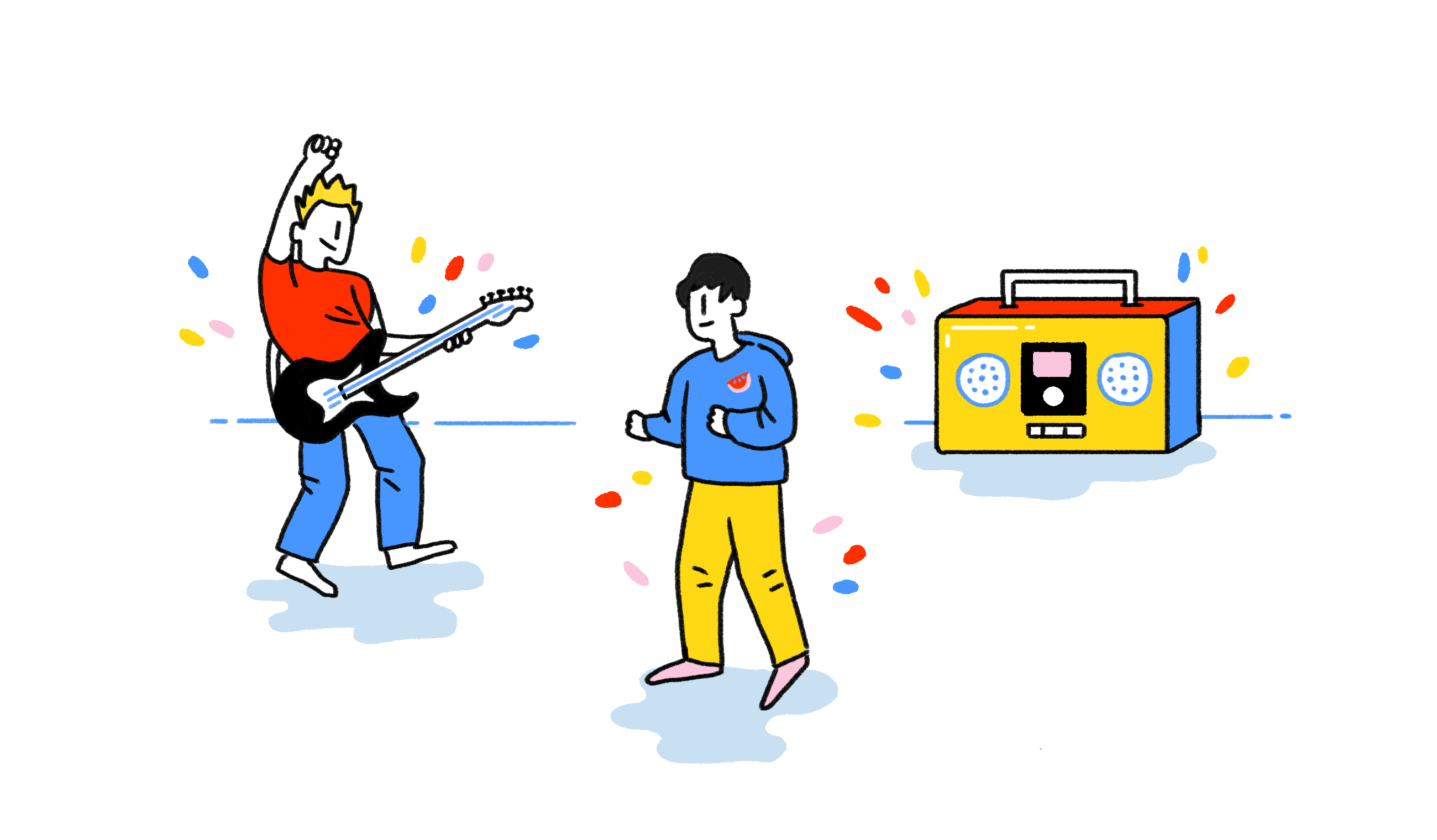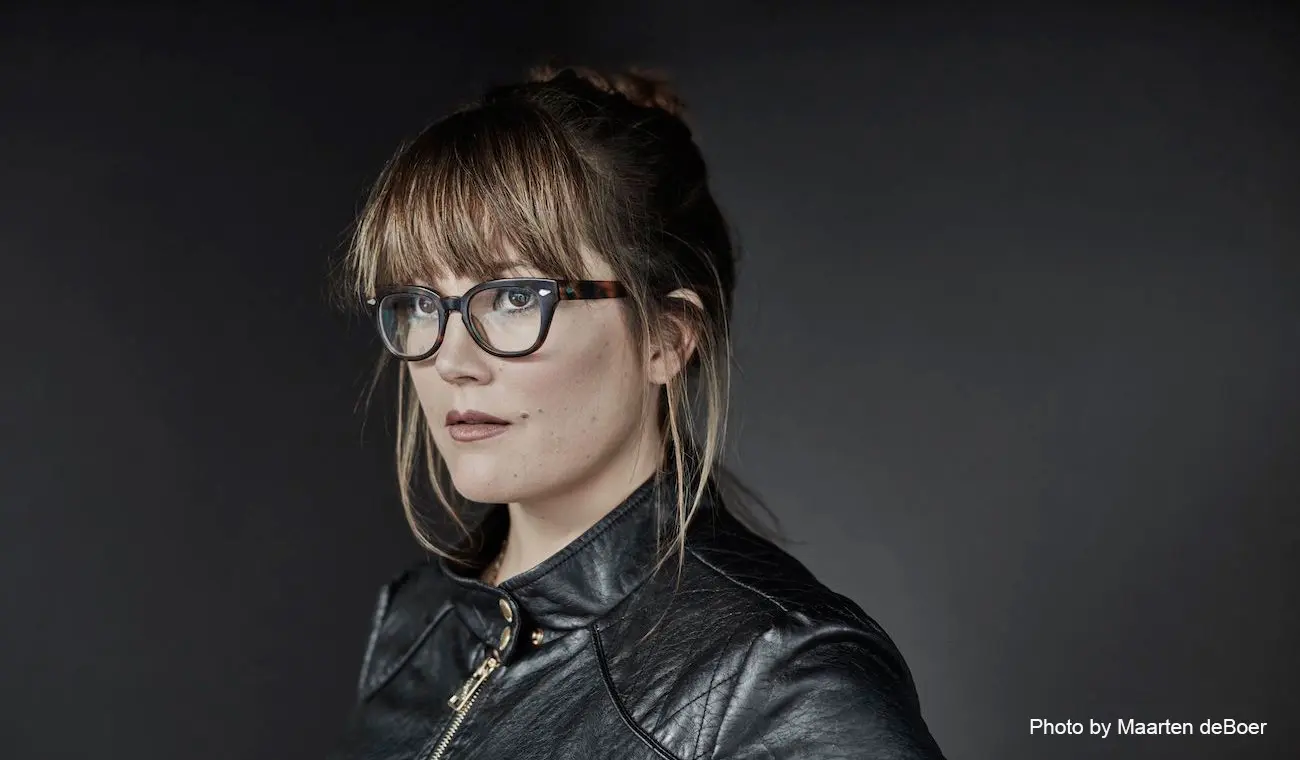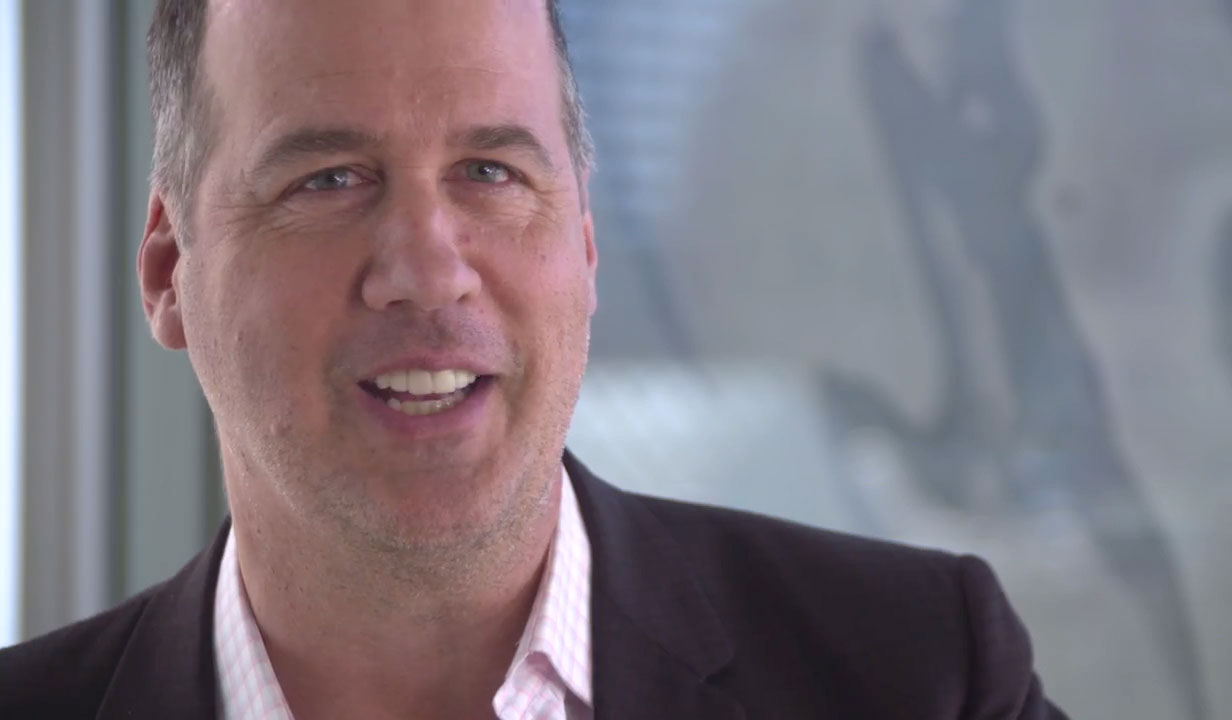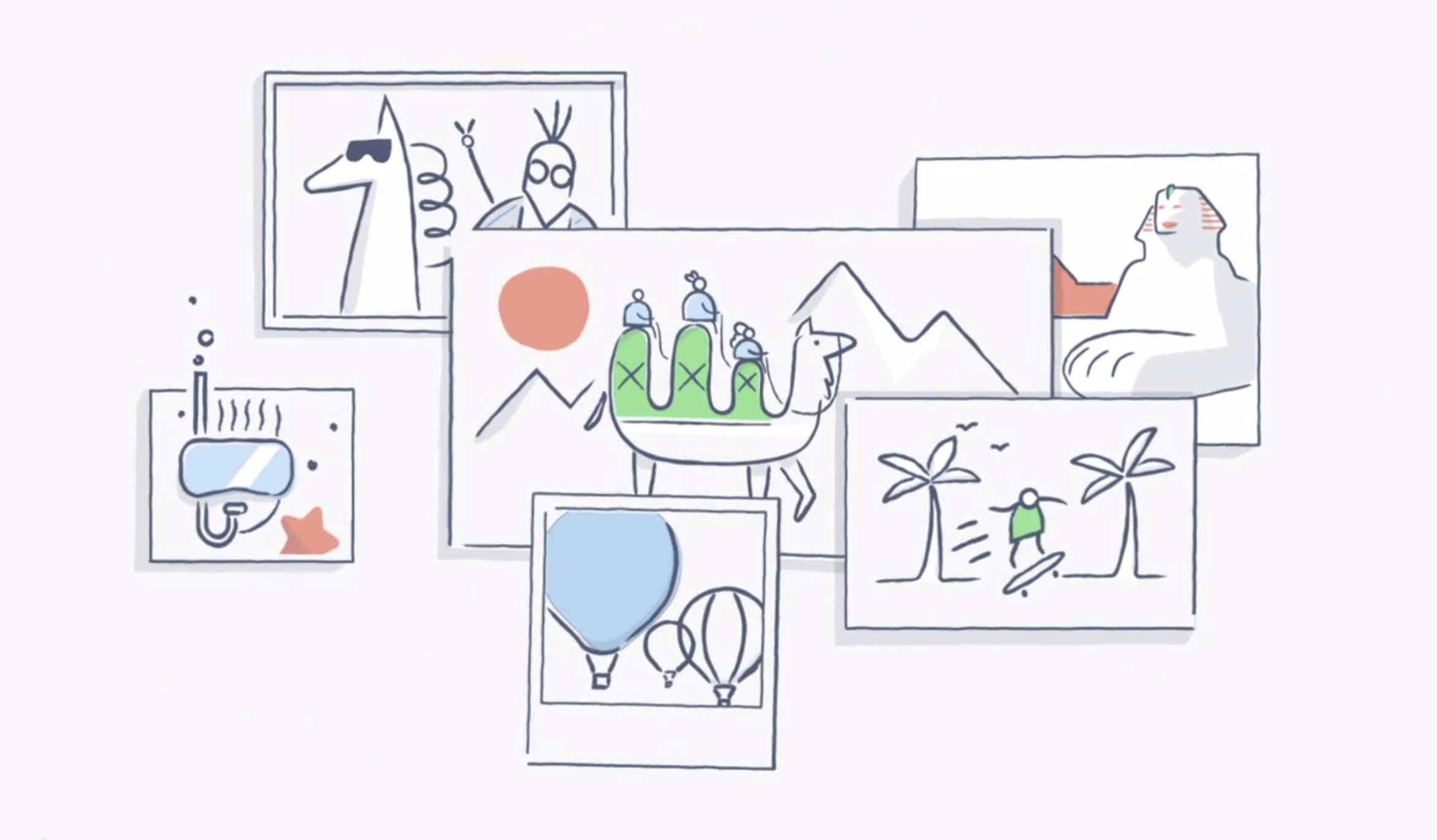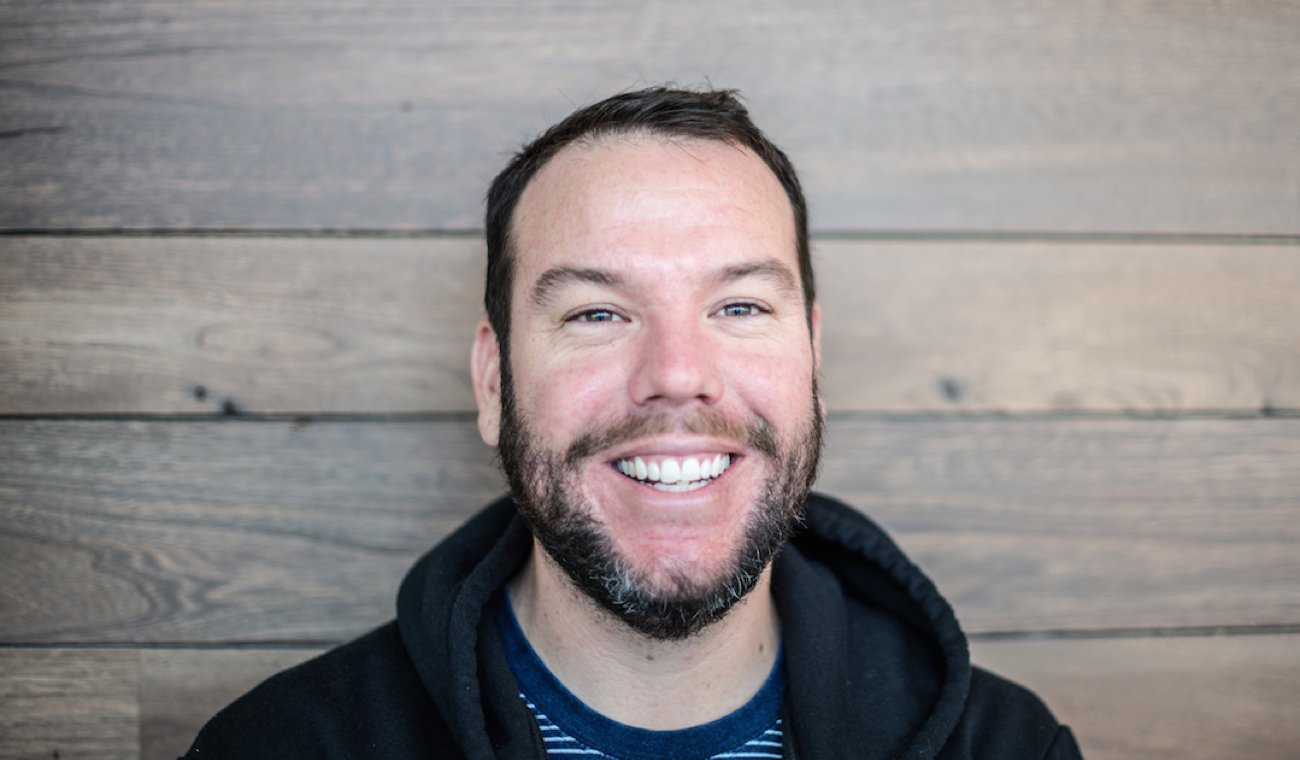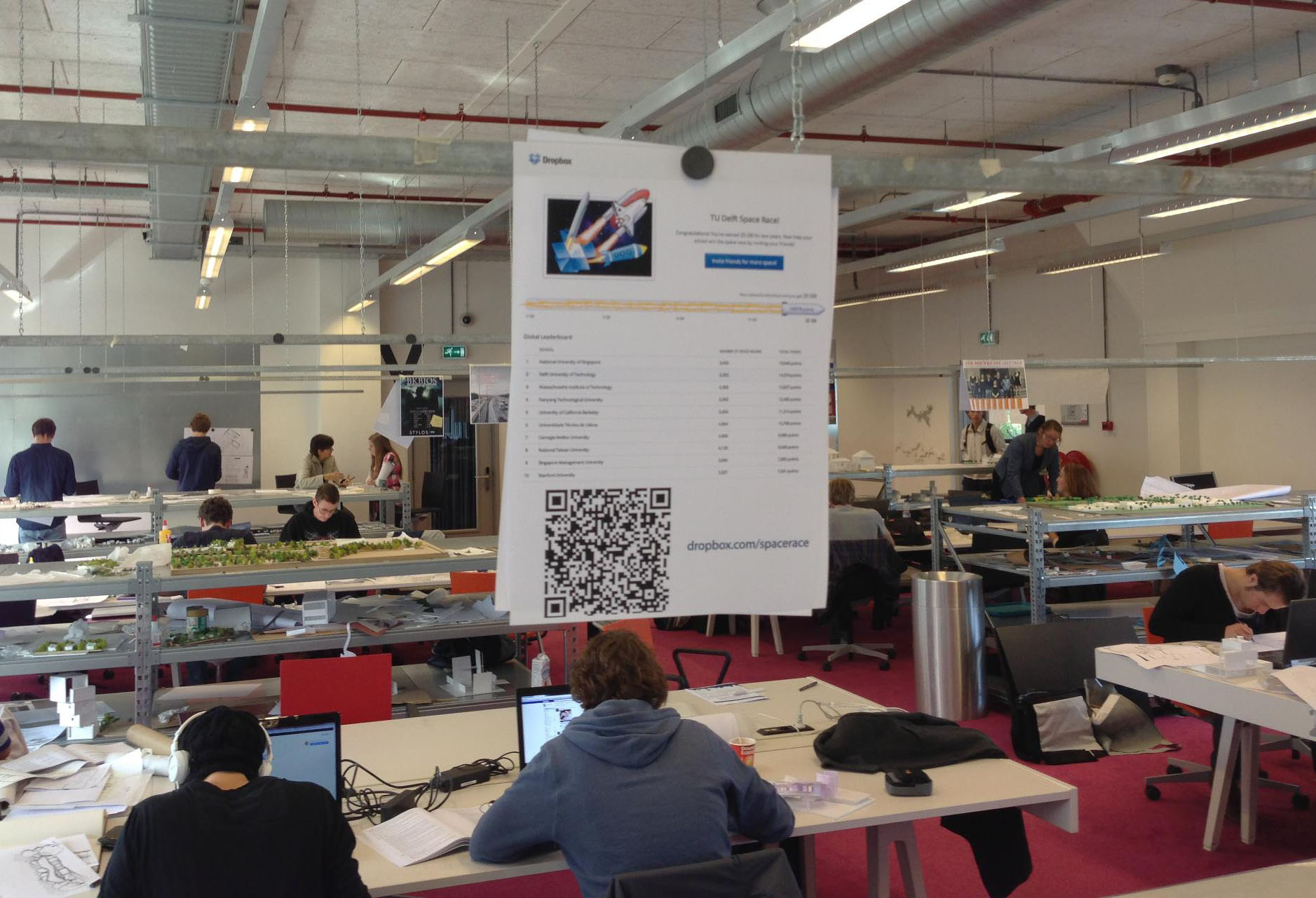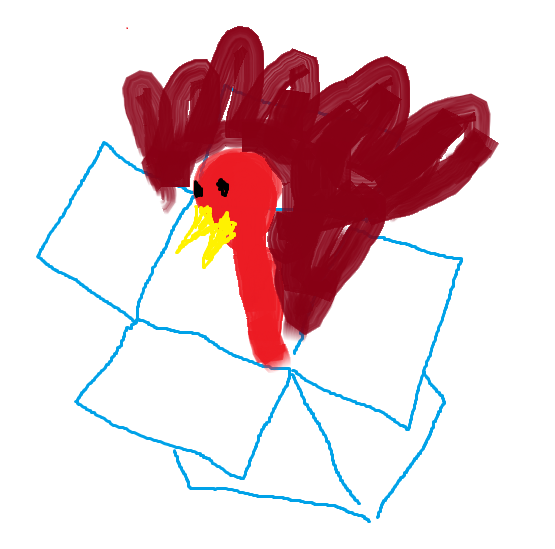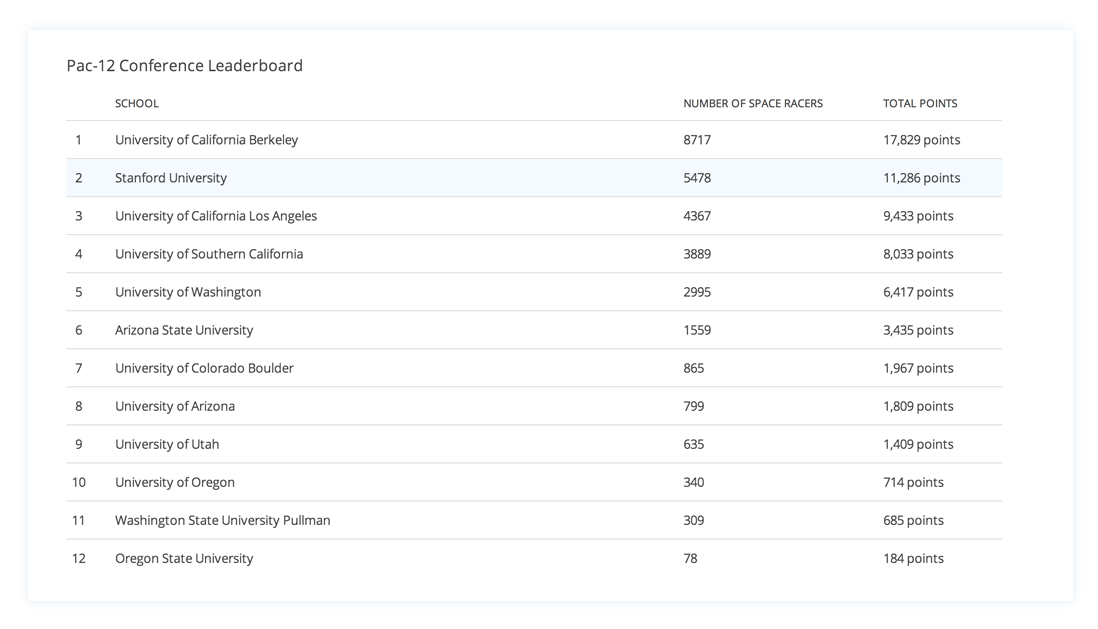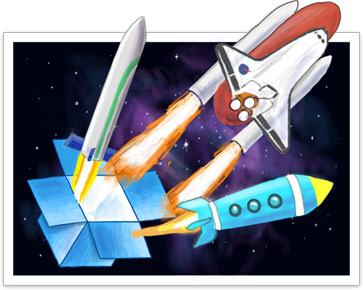
Dropbox for musicians, Passion economy, Creators worth learning from
Musician Hrishikesh Hirway on how collaboration helped him tackle writer’s block
Published on October 27, 2021
The musician and Song Exploder host tells the story of “Between There and Here,” a song and video made in partnership on Dropbox.
When musicians share their work with the world, they’re opening themselves up to having a piece of them held up to the harsh light of other’s opinions.
It’s a radically vulnerable act that can bring up a lot of feelings and fears. (Can I trust others with something so precious?) And it’s especially anxiety inducing when you’re a musician who is sharing their music for the first time in a long while.
You can feel some of that tension in a tweet Hrishikesh Hirway posted recently.
“I have a new song coming out Wednesday! which is scary as hell,” Hirway wrote.
That song, “Between There and Here,” is the first Hirway has released in a decade. A soulful dirge accompanied by friend and acclaimed cellist Yo-Yo Ma, “Between There…” is a message in a bottle to anyone who has ever lost a loved one. (The same is true for its moving accompanying video, co-directed by Prashanti Aswani and made on and in partnership with Dropbox.)
In the husky voice many will already know from his band The One AM Radio or hit podcast and Netflix show Song Exploder, Hirway recounts a dream he had of his mother Kanta, who passed away November 2020.
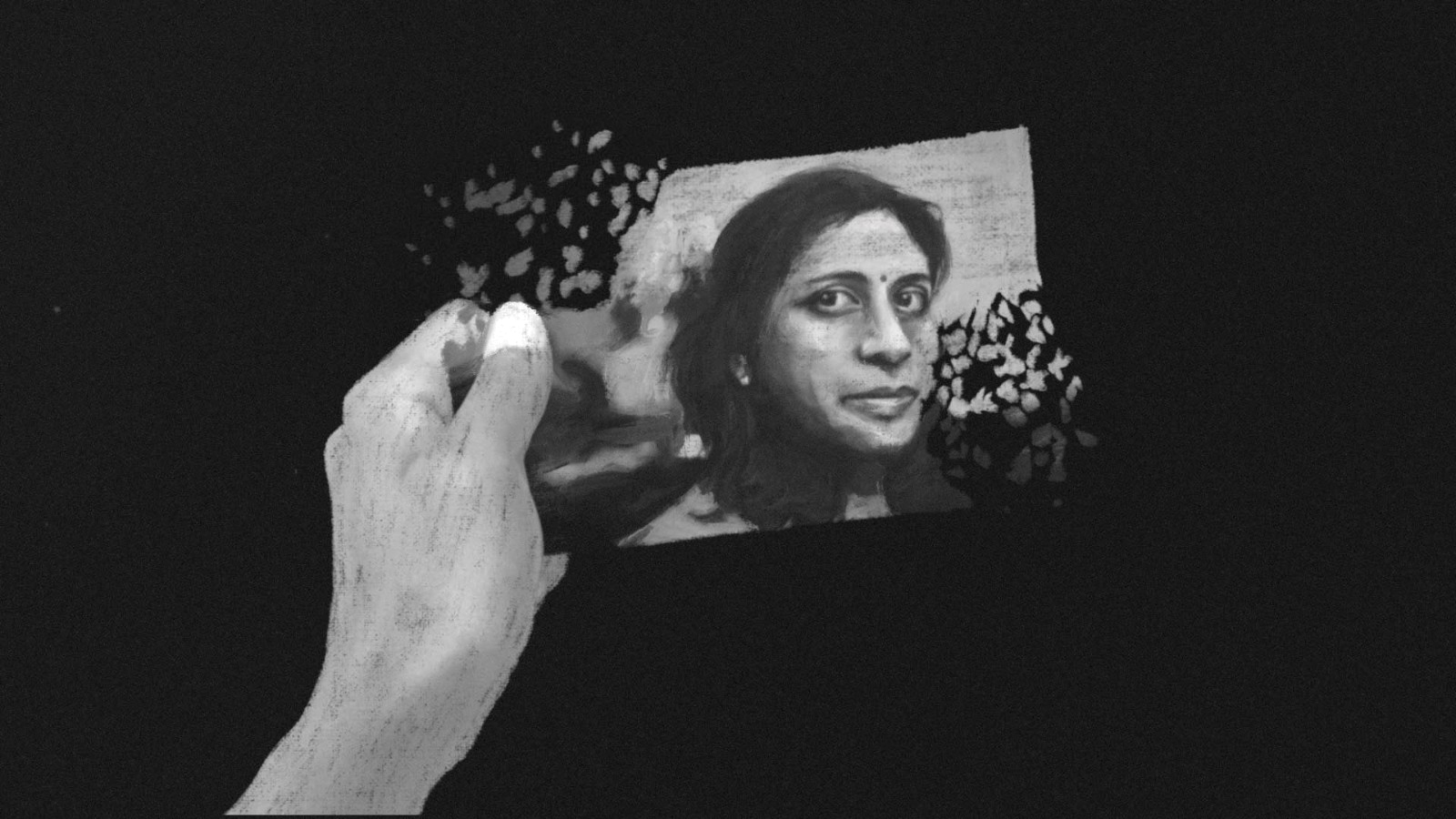
The chorus is heartbreak and hope:
You’re a piece of a dream now
Just a little too far
I can still hear your voice through
The door left ajar
I guess that’s how it is now—
The only place you’ll appear
We’ll have to meet in some shadow
Between there and here
“Between There and Here” has been a sort of homecoming for Hirway, a return to form as he considers what it means to be a musician who does “lots of different kinds of things,” he says from his home in Los Angeles. That his late mother served as a muse for his first song in a decade is not lost on him.
“I think the fact that I wrote a song at all is partly because of her,” he says. “She always wanted me to get back to writing songs. One of the things that’s most bittersweet about this is I want to be like, ‘Look, mom. I sang a song. Here it is. I’m singing again.”
Getting by with a little help from a friend
Making music isn’t new to Hirway: He’s been singing and writing music for decades—first in high school bands and then as the frontman of The One AM Radio. That project led to four albums, several tours, and a few singles used to underscore dramatic moments on hit CW shows like One Tree Hill and Gossip Girl.
But when writer’s block struck 10 years ago, it hit hard.
“I just couldn’t figure out a way to get unstuck,” he says.
In order to break through, Hirway looked to the lessons he’d picked up from Song Exploder, in which he breaks down the individuals parts of songs with the musicians who created them.
"One of the things that’s most bittersweet about this is I want to be like, ‘Look, mom. I sang a song."
“I kept hearing stories of all these different ways people collaborated that felt really different from my own experience,” he explains. “So much of what my life making music had been centered around was this idea that everything had to come from me.”
An opportunity to test out co-songwriting came in 2018 when singer-songwriter Jenny Owen Youngs reached out to Hirway about appearing on her podcast Buffering the Vampire Slayer. Along with discussing an episode of Buffy the Vampire Slayer, Owen Youngs writes an original song for each episode of the podcast.
It wasn’t like Hirway had stopped making music. He’d scored films and television shows, and written the music for his podcast The West Wing Weekly and an EP for his project MOORS. (Lin-Manuel Miranda and LaKeith Stanfield were the lyricists respectively.)
“But I hadn’t done this kind of writing in a long time,” he explains. “I said yes, and we wrote a song together, and I really, really loved working with her. It felt like maybe there was some crack in this door that I thought was permanently closed.”

Owen Youngs served as a creative partner and a sort of exposure therapist. Whenever Hirway started down a path and stopped himself, there she was, urging him to explore it a little further.
“Just having that meant that an idea had a moment to breathe and had a chance to fight for its own existence instead of getting squashed immediately by me,” he says. “That’s basically been the way that I’ve been able to write music again: by inviting somebody else to come in with me and contribute their ideas.”
Getting to ‘Between There and Here’
Hirway was excited to get back to writing music for himself again—but it would be another two years before he and Owen Youngs could work on a song. Song Exploder was picked up for a first, then second season on Netflix, and he started two more podcasts during the pandemic: Home Cooking with friend and chef Samin Nosrat and Partners, which showcases the stories behind how two people met and formed their bond.
But as the world entered lockdown and his projects went into off season, Hirway made a promise to himself: Starting November 2020, he would devote his Fridays to making music. He reached out to Owen Youngs and set a date to write together on the first Friday of the month. Then, Hirway received news of his mother’s death.
After returning home from her funeral, Hirway went to his guitar and made a voice memo of a melody. The night before he and Owen Youngs’ rescheduled session, he saw his mother in a dream that would become the inspiration for “Between There and Here” and its poignant, dreamscape animated video. (Sadly, the two hadn’t gotten a chance to see each other during lockdown and before her passing.)
“I went through my morning very quietly, because I wanted to just hold on to everything,” Hirway recalls.
When Owen Youngs appeared on his Zoom screen later that day, he was ready to talk. After describing the dream, he told her, “I think I would like to write about it.”
“When I started the song, the first thing I did was make a Dropbox folder,” Hirway says.
They opened a document for Hirway to put into words the feelings and images that had come to him in the dream. He played the voice memo of him on the guitar for her, and together they worked on turning the dream and melody into a song, relying heavily on Dropbox in their process.
“When I started the song, the first thing I did was make a Dropbox folder,” Hirway says. “We would each be recording voice memos and then put them in the folder. I would export a version [of a Pro Tools session] and I would just send the Dropbox link to Jenny, like, ‘Hey, this is what I got,’ and she would give me a little thumbs up, like, ‘Keep going.’”
Hirway would soon get a surprise assist from Yo-Yo Ma. The two had met through Song Exploder in 2018 and formed a friendship. While Hirway was working on the song, they connected to chat ahead of a conversation about “sustaining a creative career” that Hirway would be moderating. While Hirway tried to stay on task, Ma wanted to hear how he was doing. Unable to keep demurring, finally, “he coaxed out of me this hope I’d been harboring about starting to work on music again,” Hirway says.
“I told him it was a lot harder for me to feel an obligation to my own music compared to the obligation that I could feel to other people.
“And in response he said, ‘When you’re working on your music, would you consider writing a cello part? And would you let me play that cello part? Because then you’d be obligated to me,’” Hirway recalls, still in awe. “And it was just, like, such a generous thing to say. And it changed my life.”
Hirway returned to Ma a few months later with the part. Kanta used to hum her son’s tunes as she puttered around his childhood home in Peabody, Massachusetts; Ma’s cello would mimic her voice. Ma’s engineer ran Pro Tools remotely during Ma’s takes while Hirway watched, and dropped the final files into Dropbox.
“Between There and Here” marks the latest evolution in Hirway as an artist. While the music isn’t “fundamentally different” from what he made in his college days, “it comes from a point that’s further along in my life and understanding of music,” he explains.
“My tastes are slightly different, my concerns in life are different, and I think—I hope—I’m better at making music now than I was years ago,” he says.
And part of being better these days means learning how to make space for his music.
“I don’t know that I’ve gotten over it,” he says. “I think all the fears and doubts that make up the strata of writer’s block are still there, but I feel like I’ve found a way to sneak around it for a few hours at a time.”
Get a behind-the-scenes look at the making of the "Between There and Here" video below.
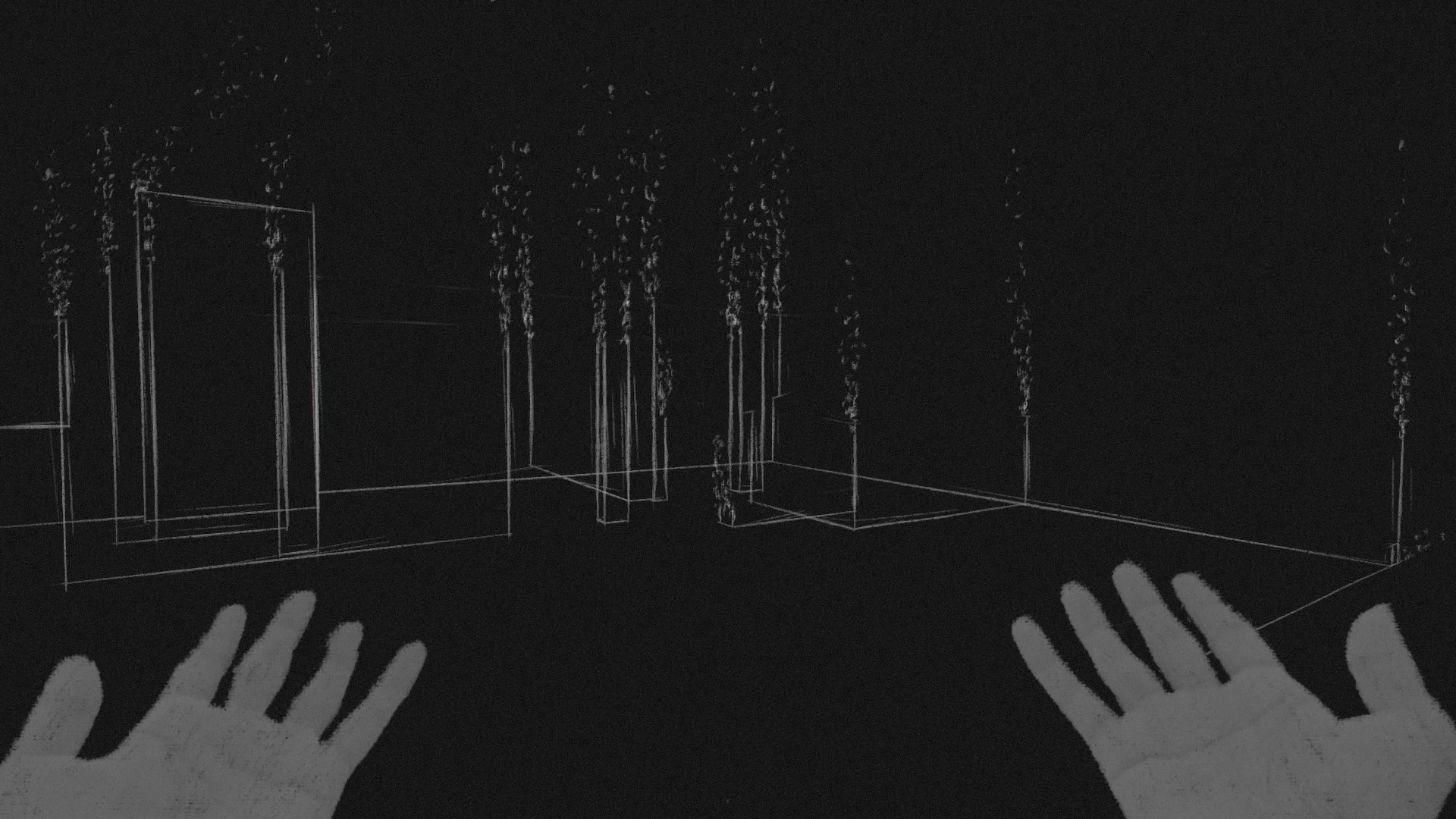
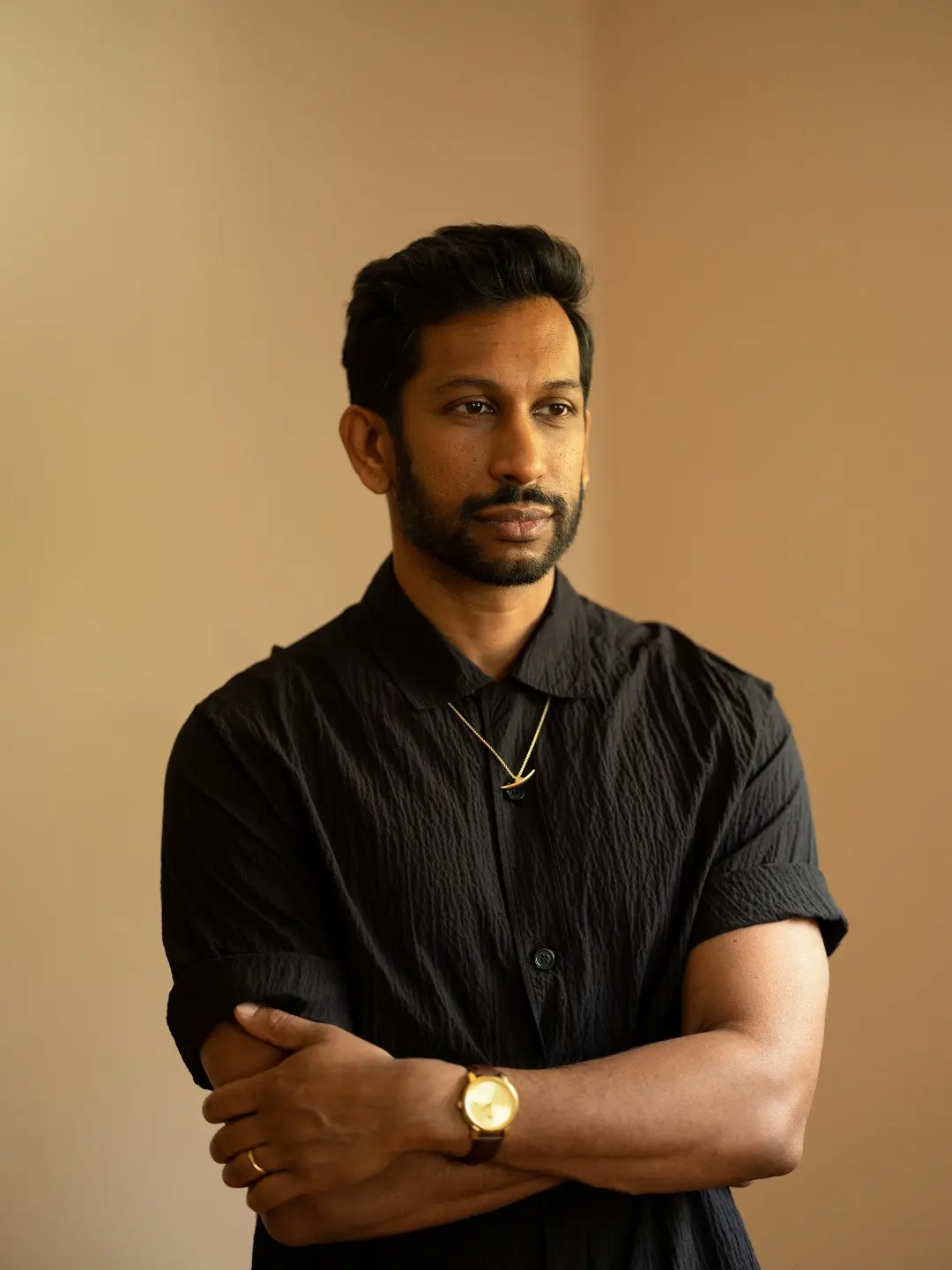

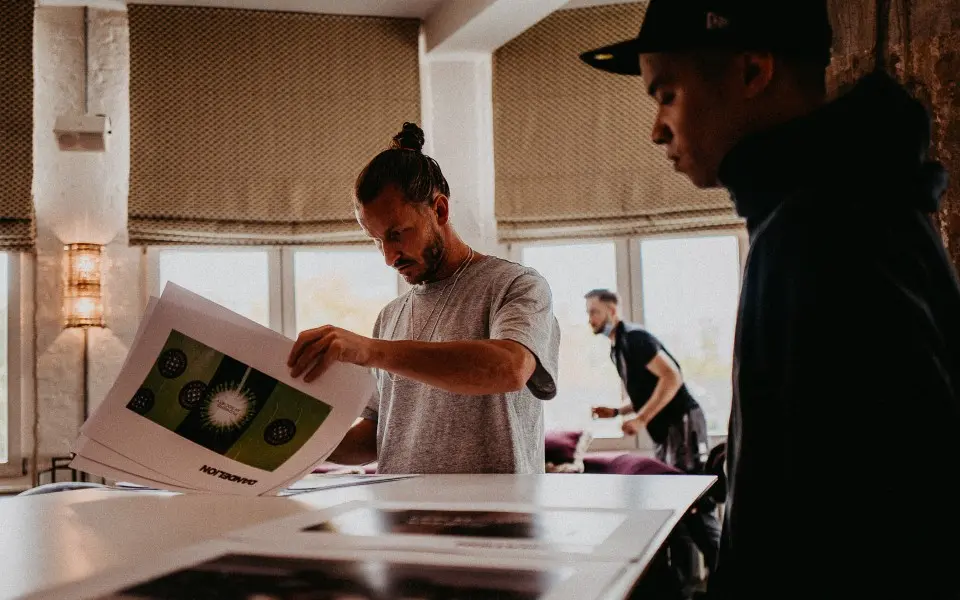

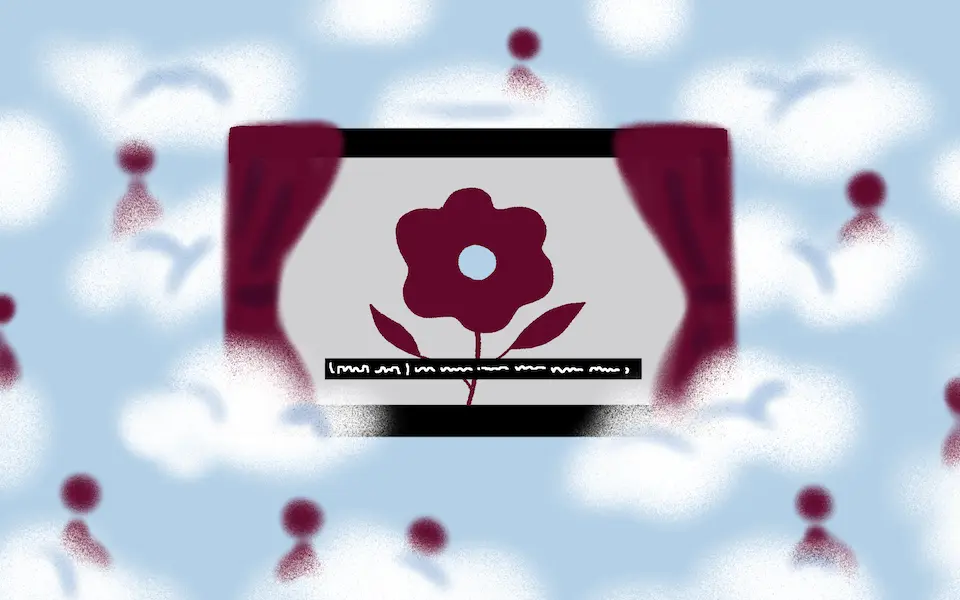
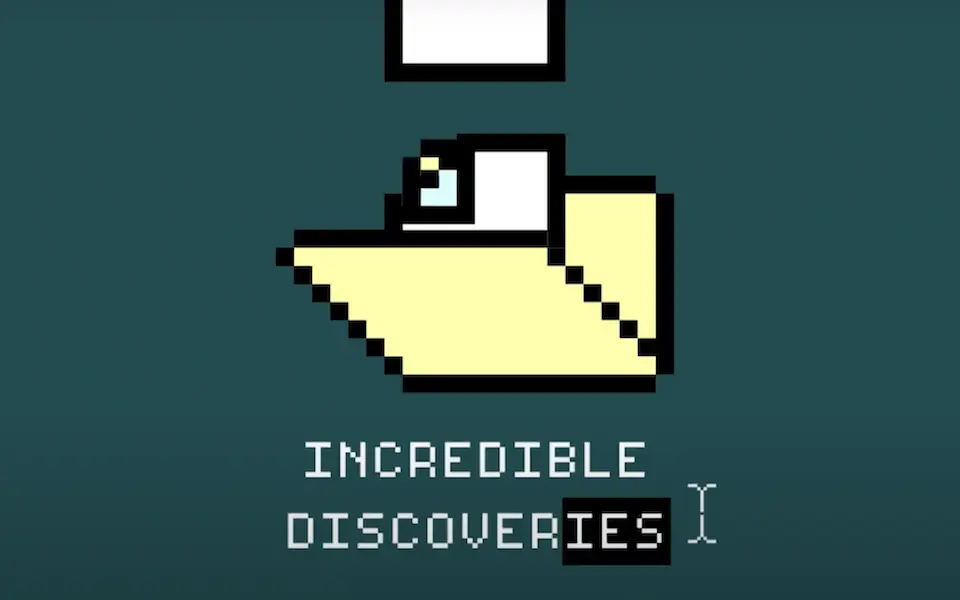
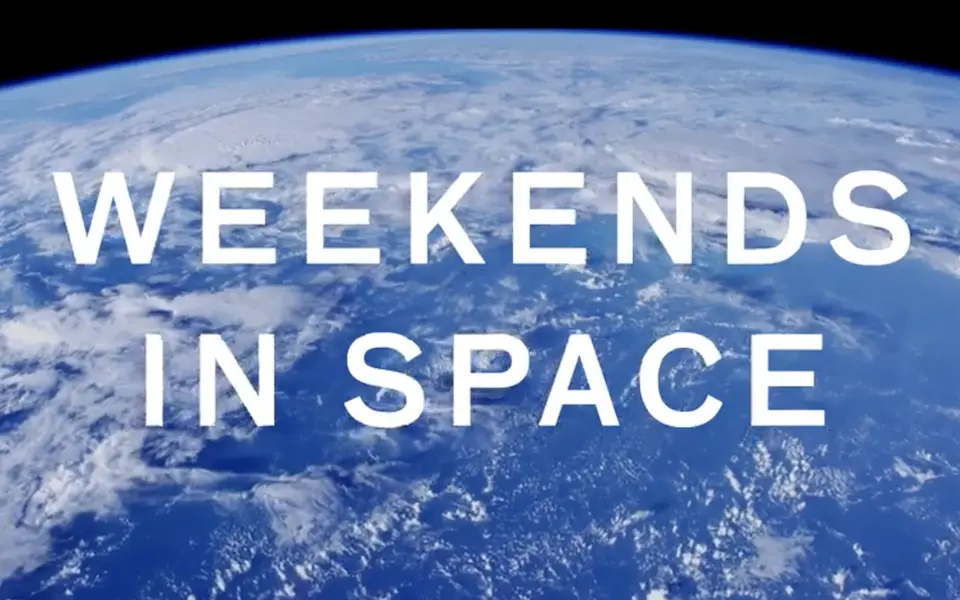
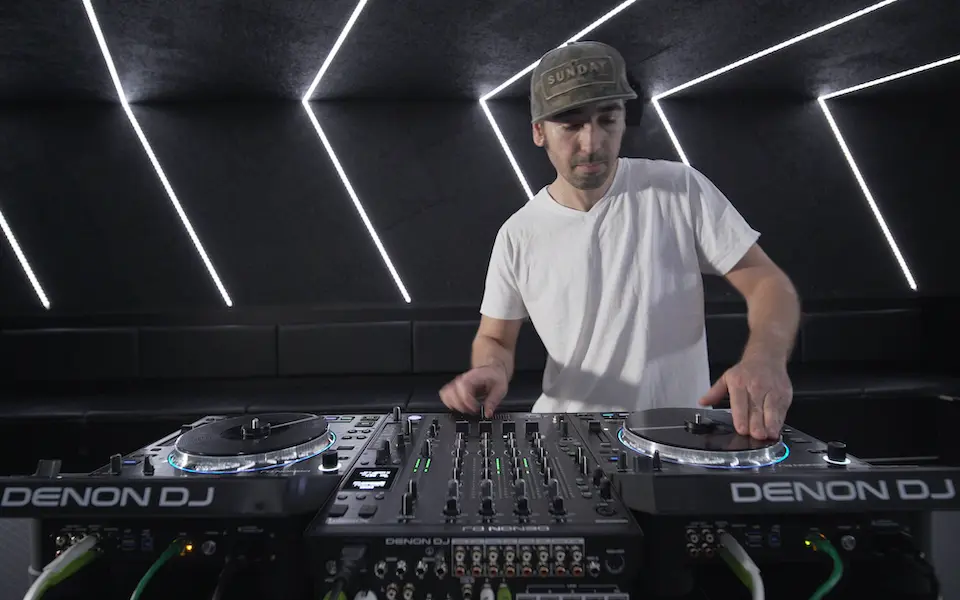
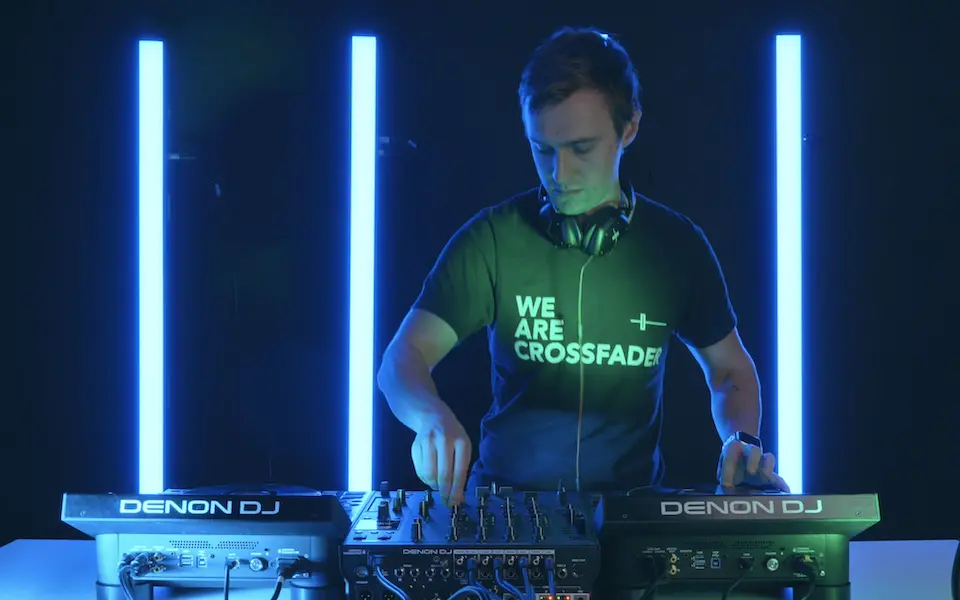



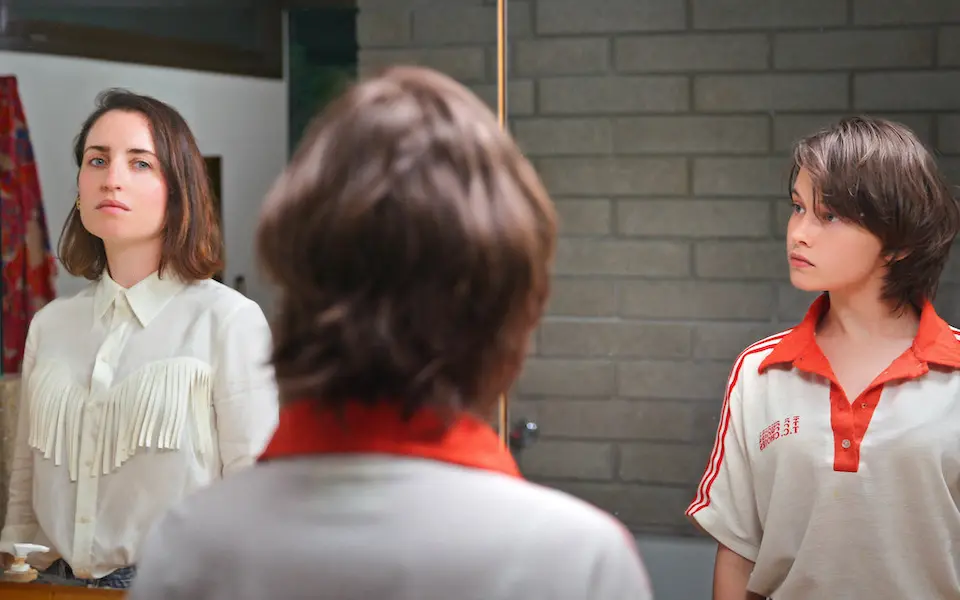

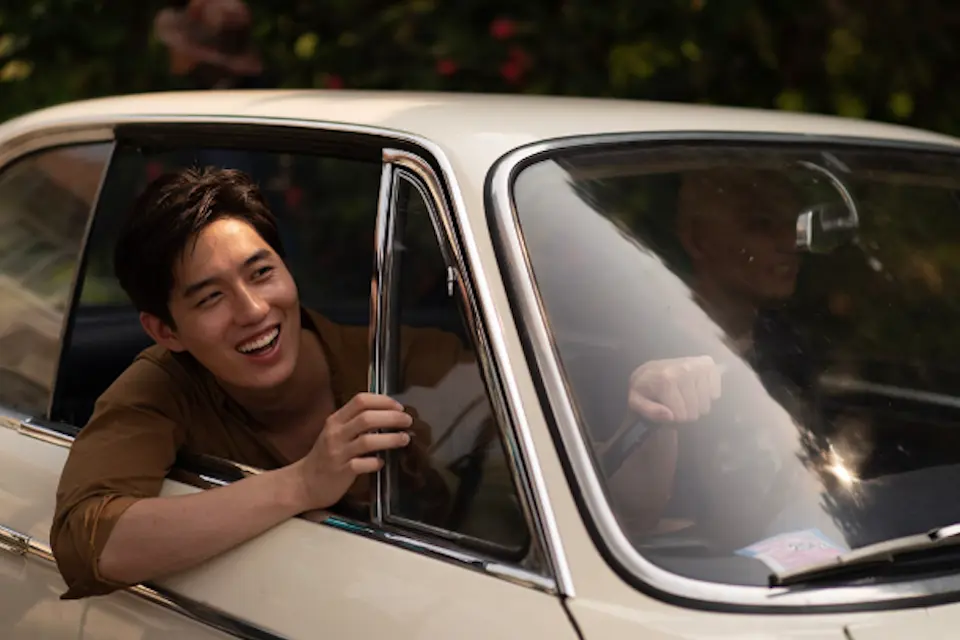


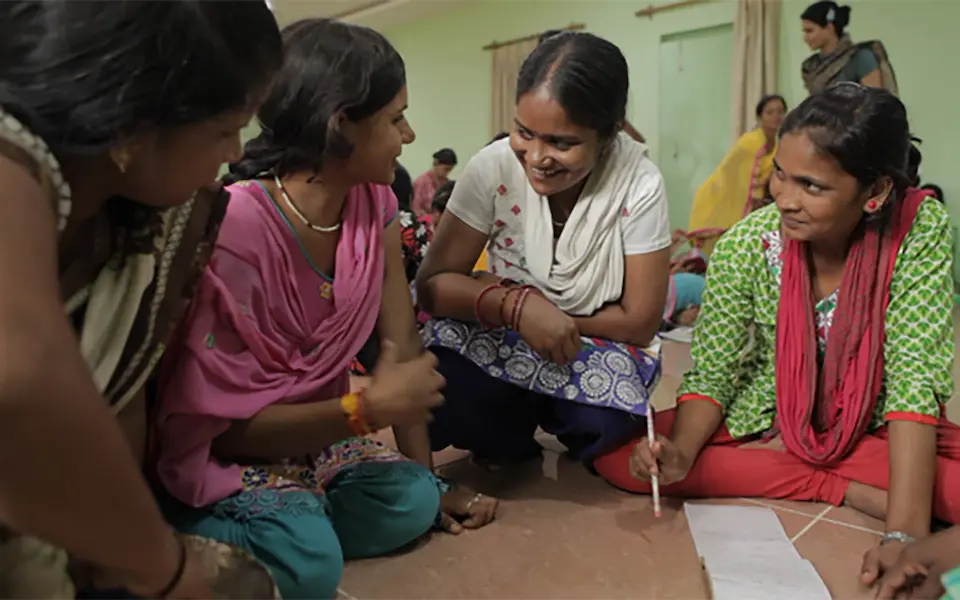
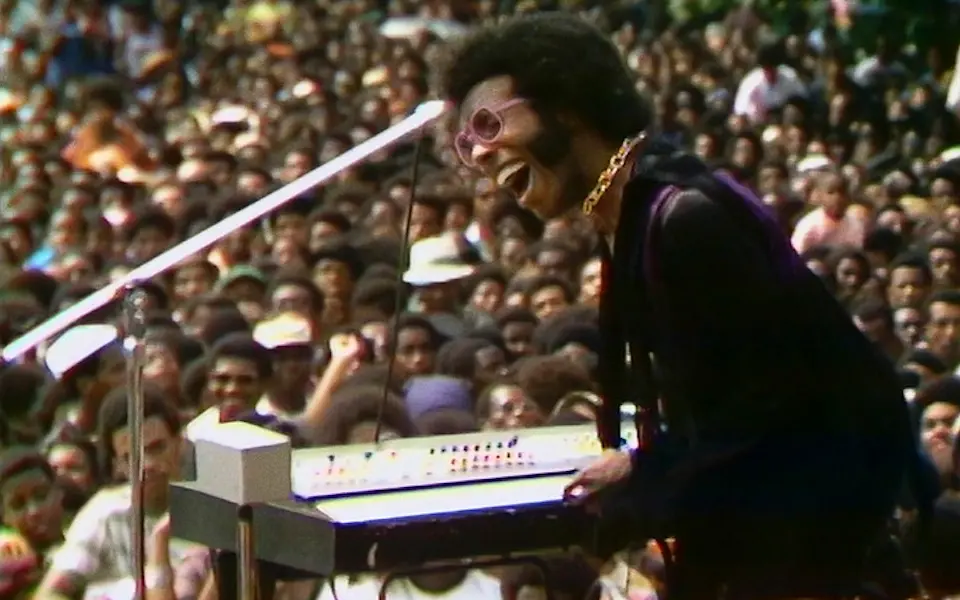
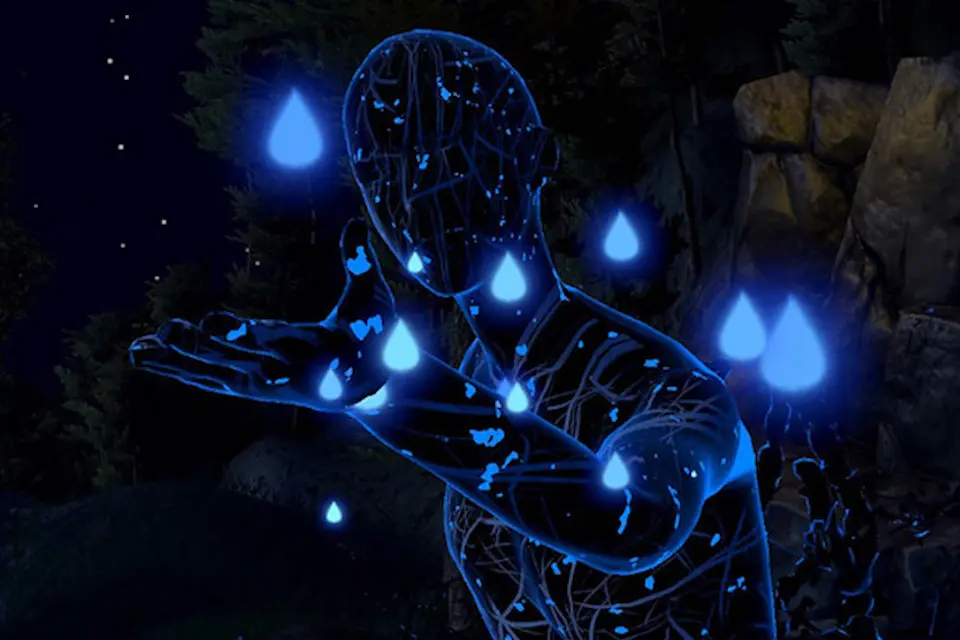
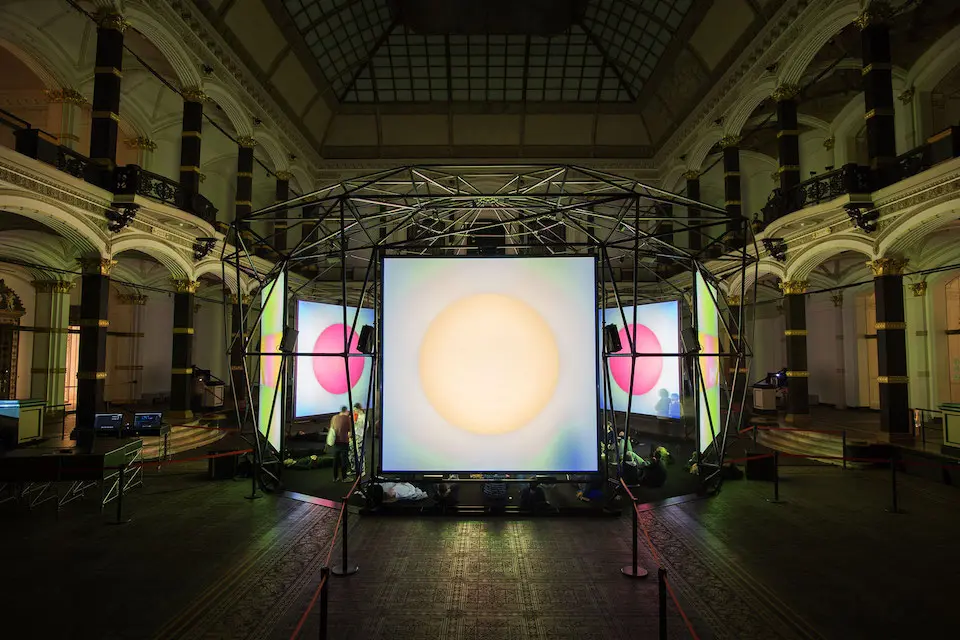


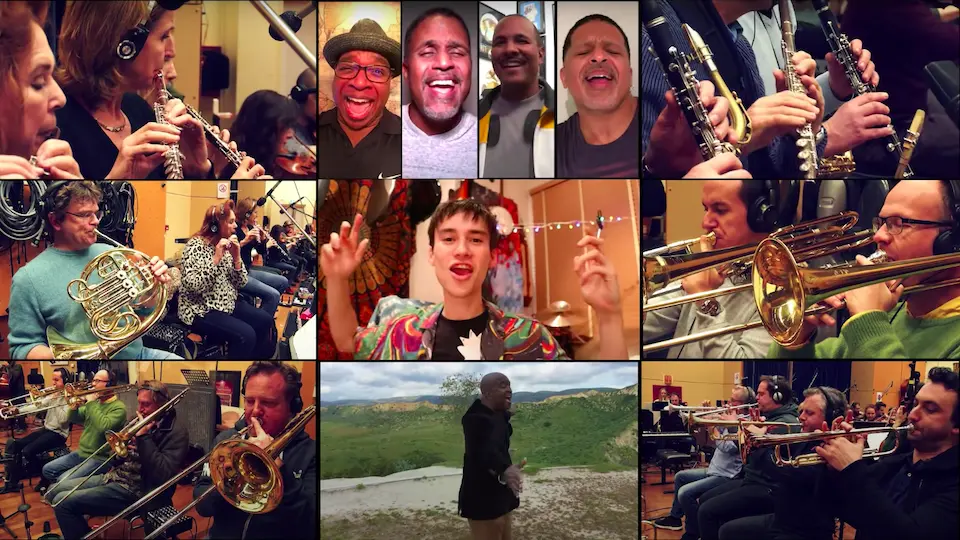

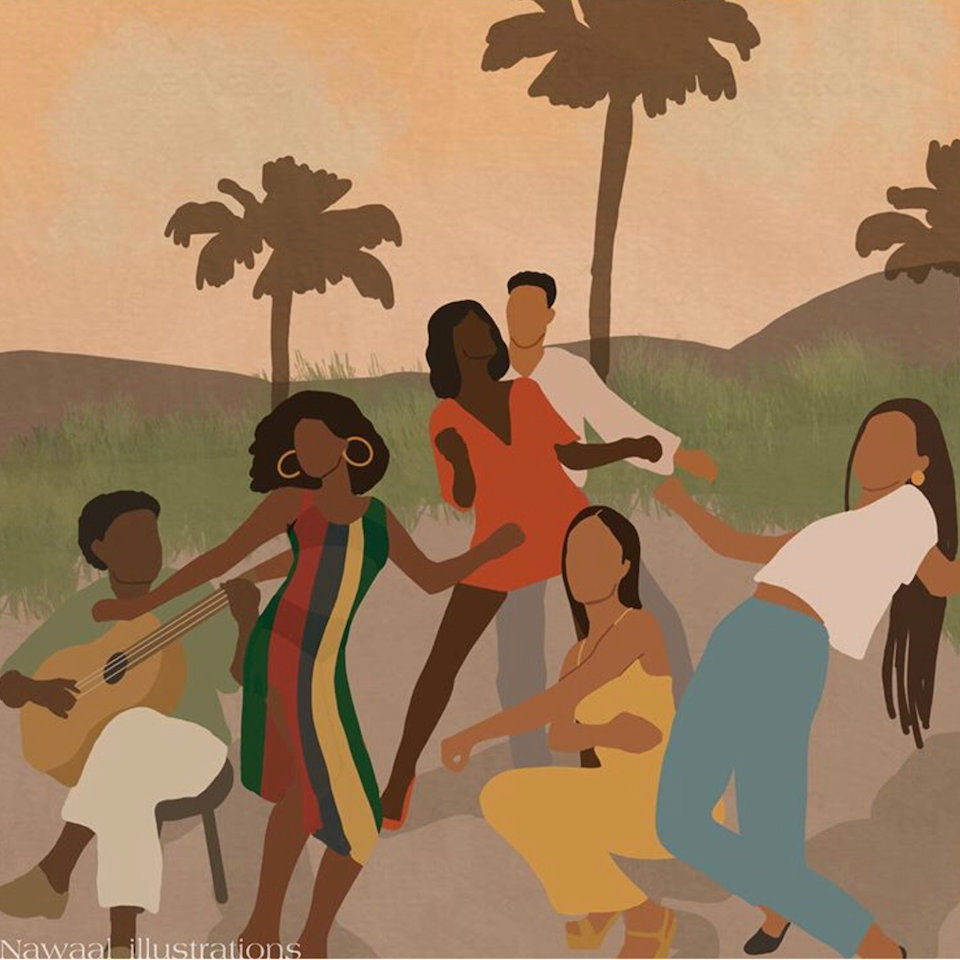


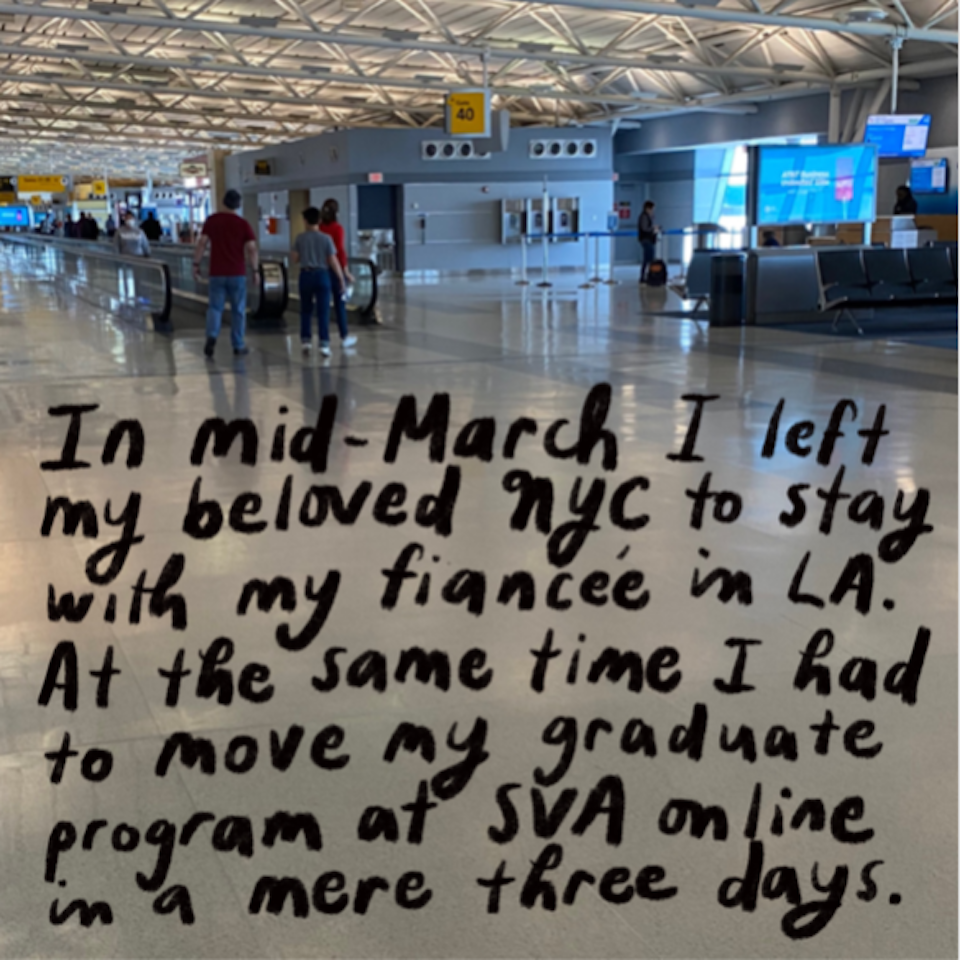
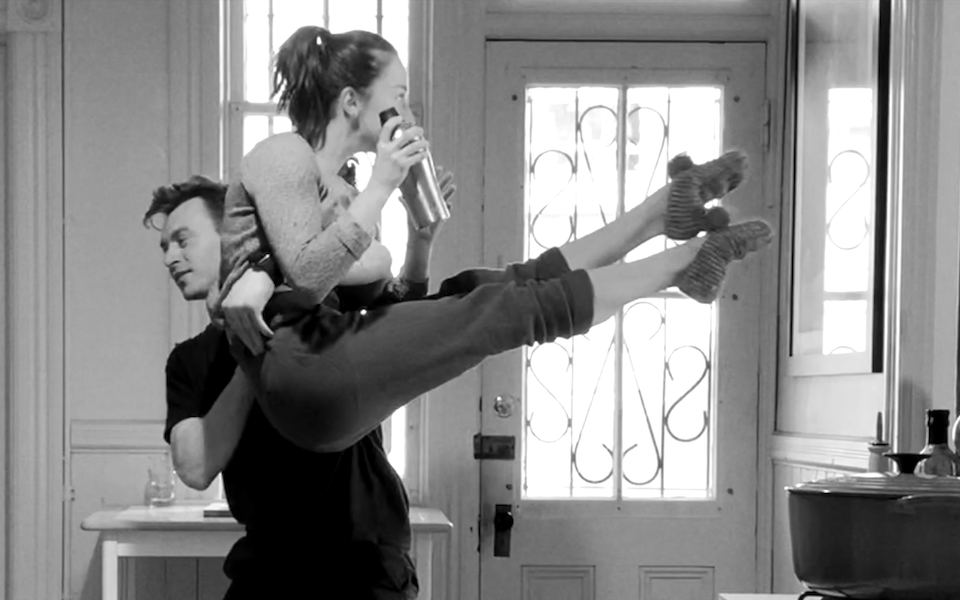
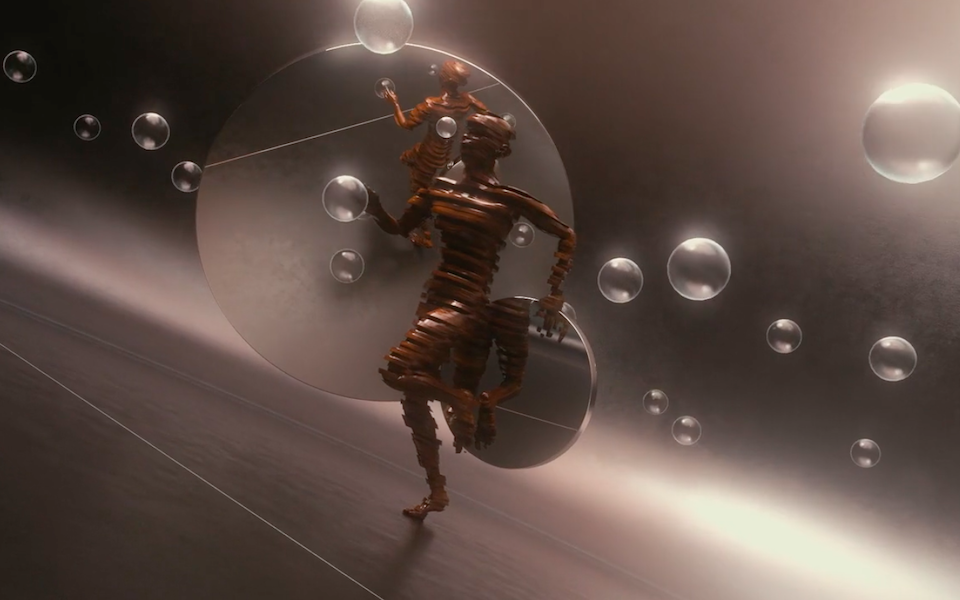
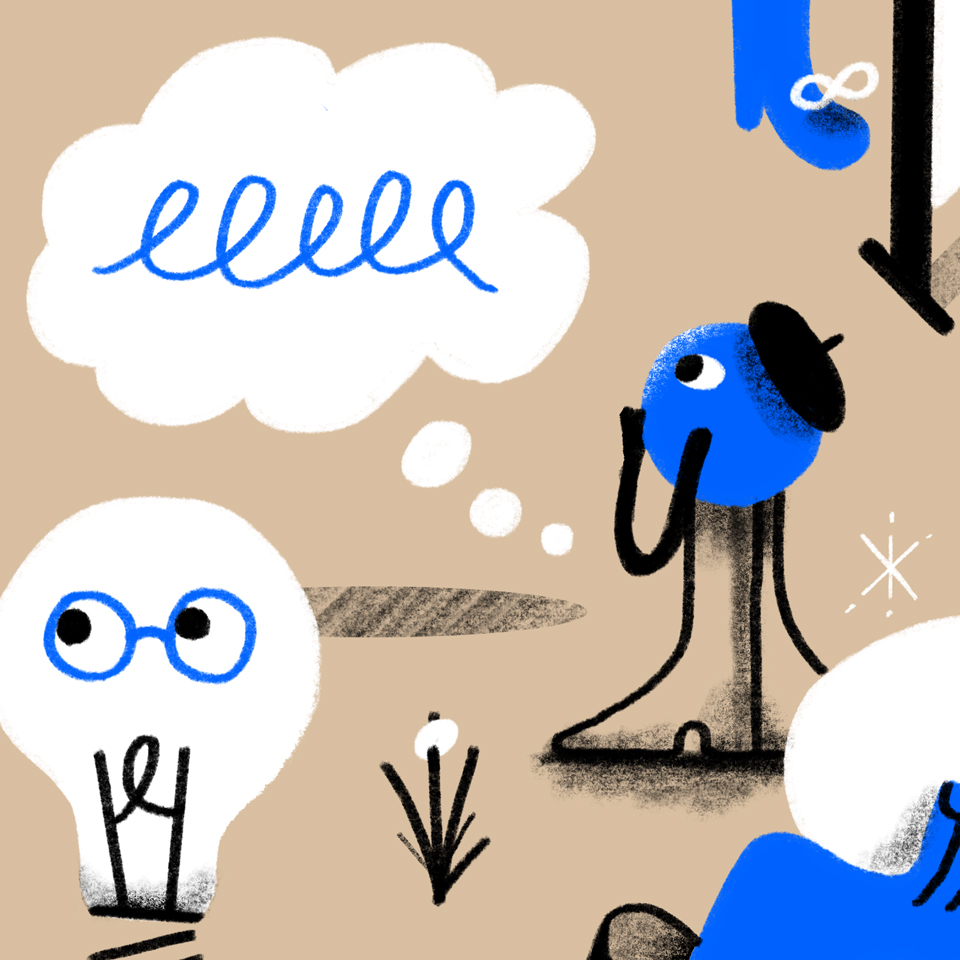
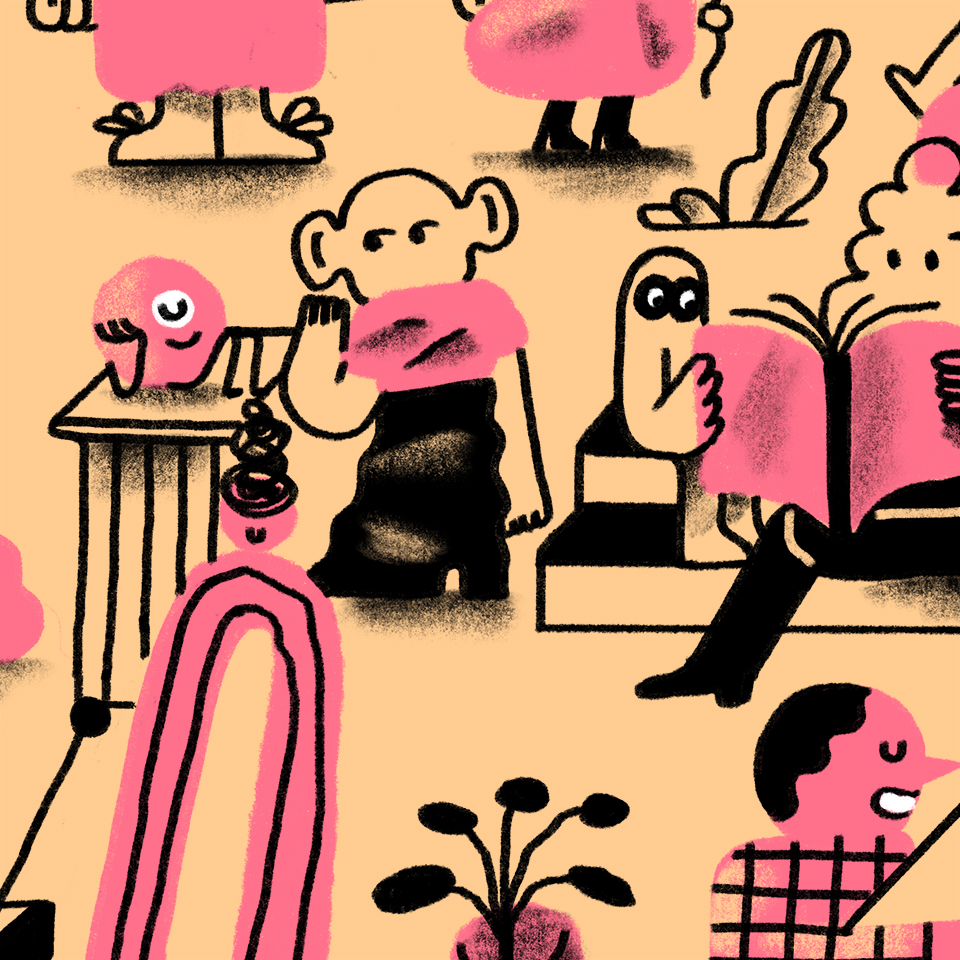


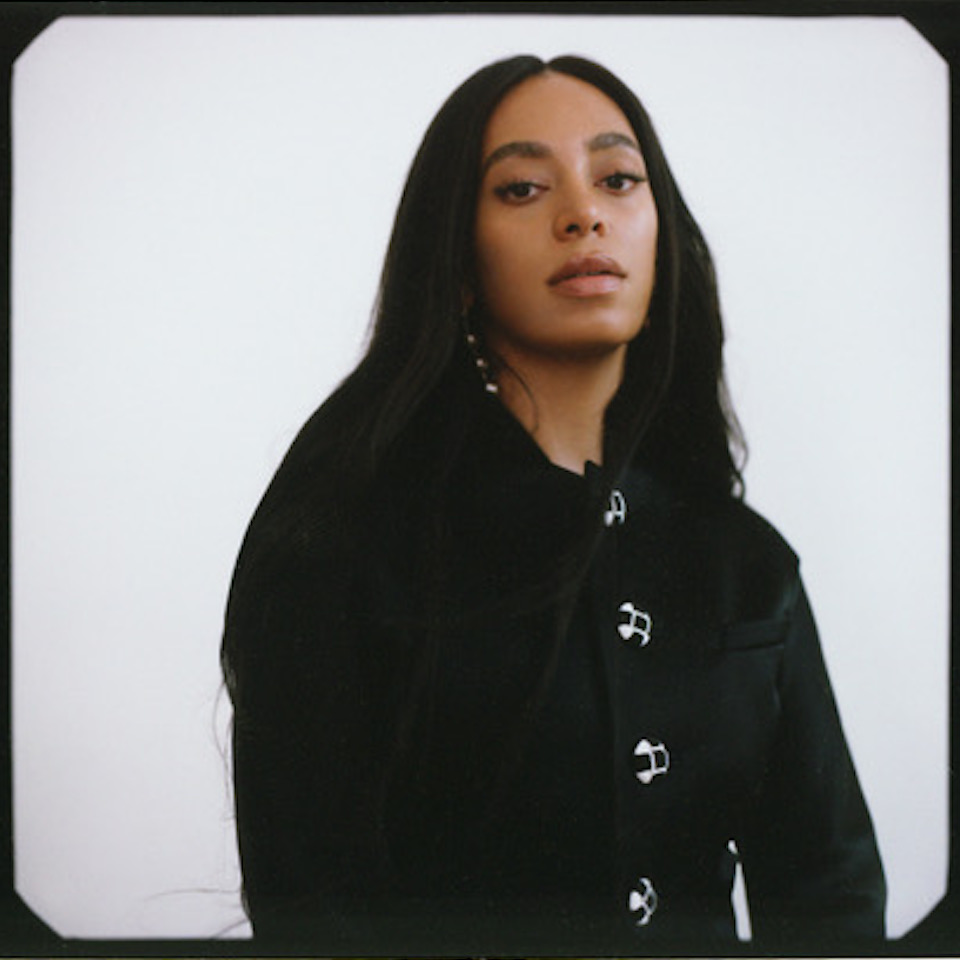




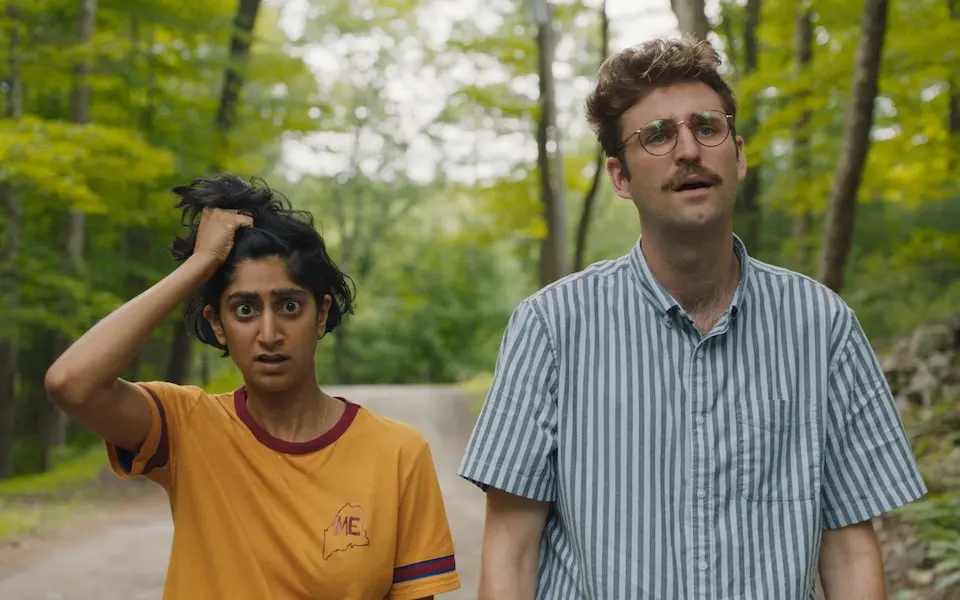
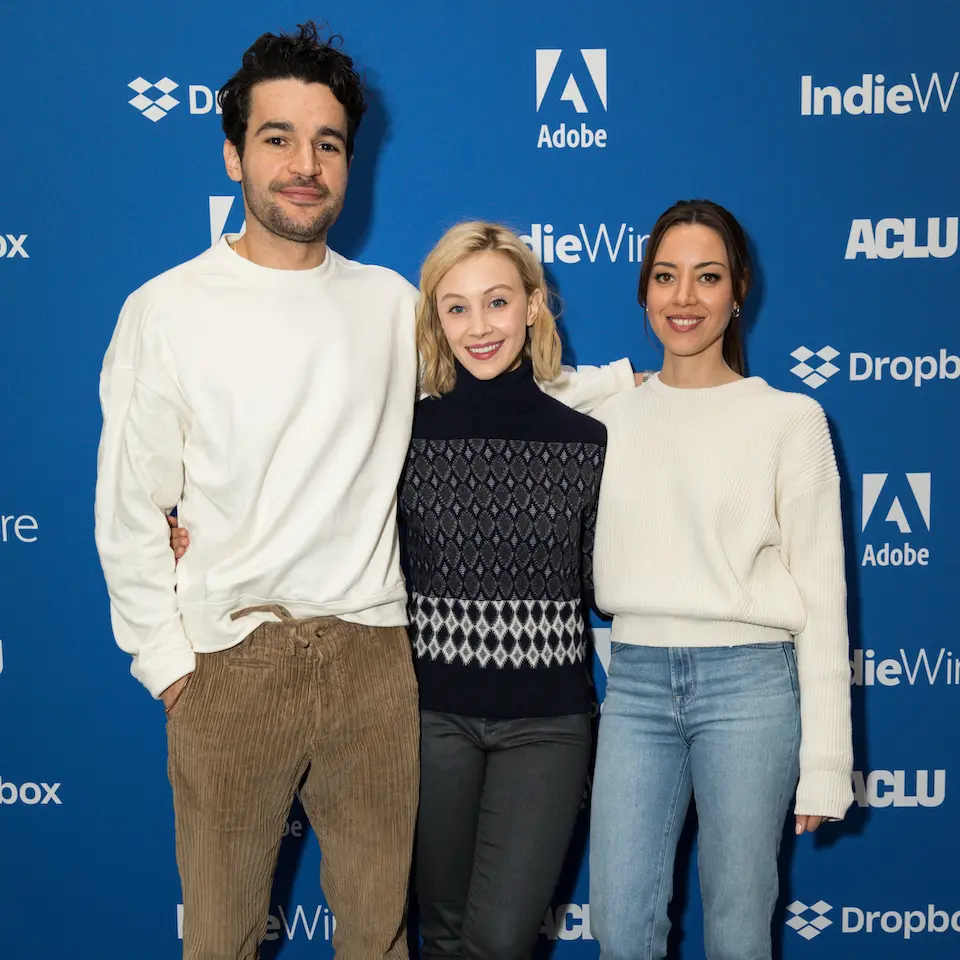
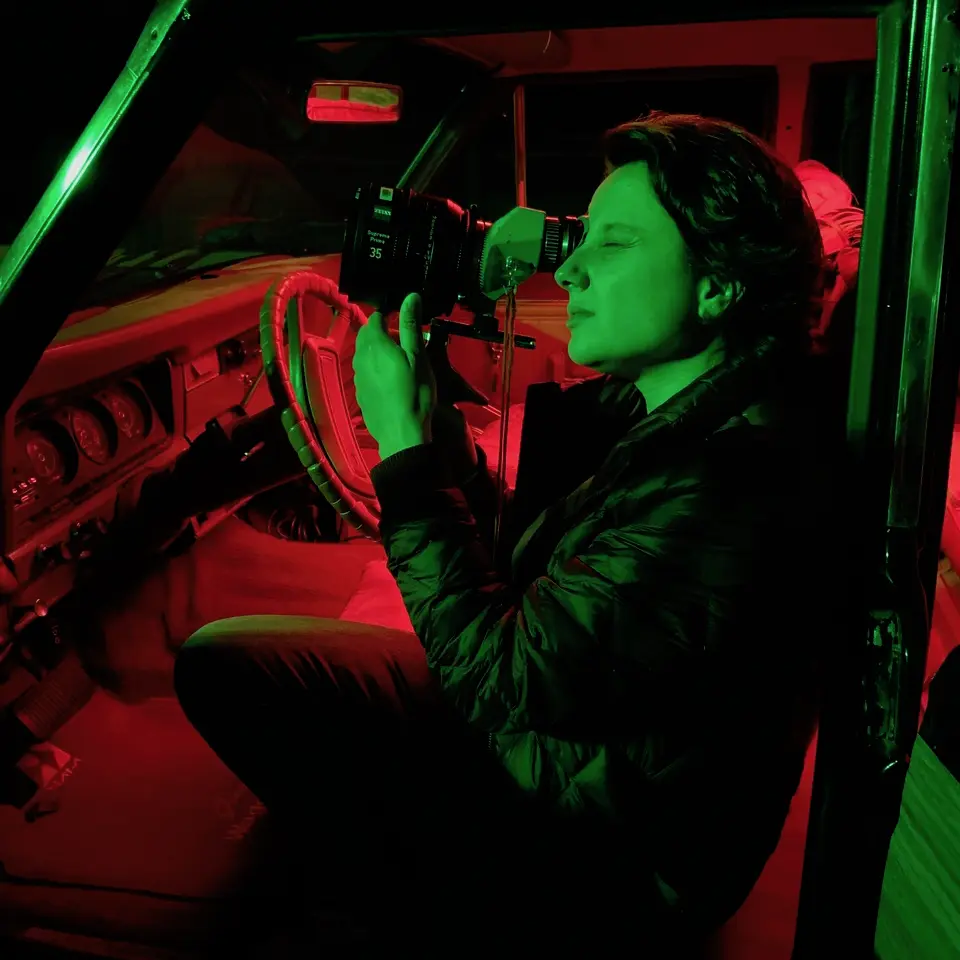
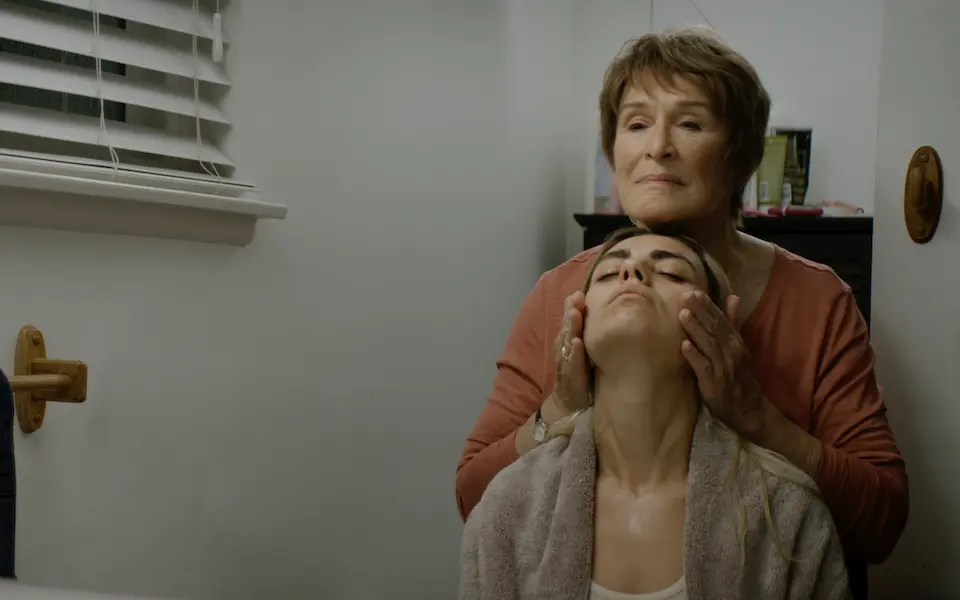

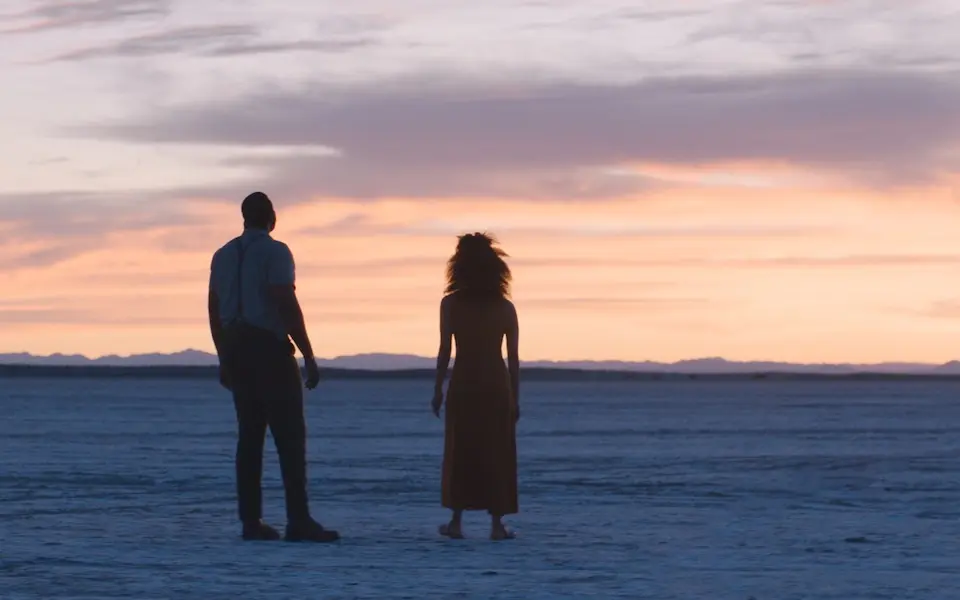
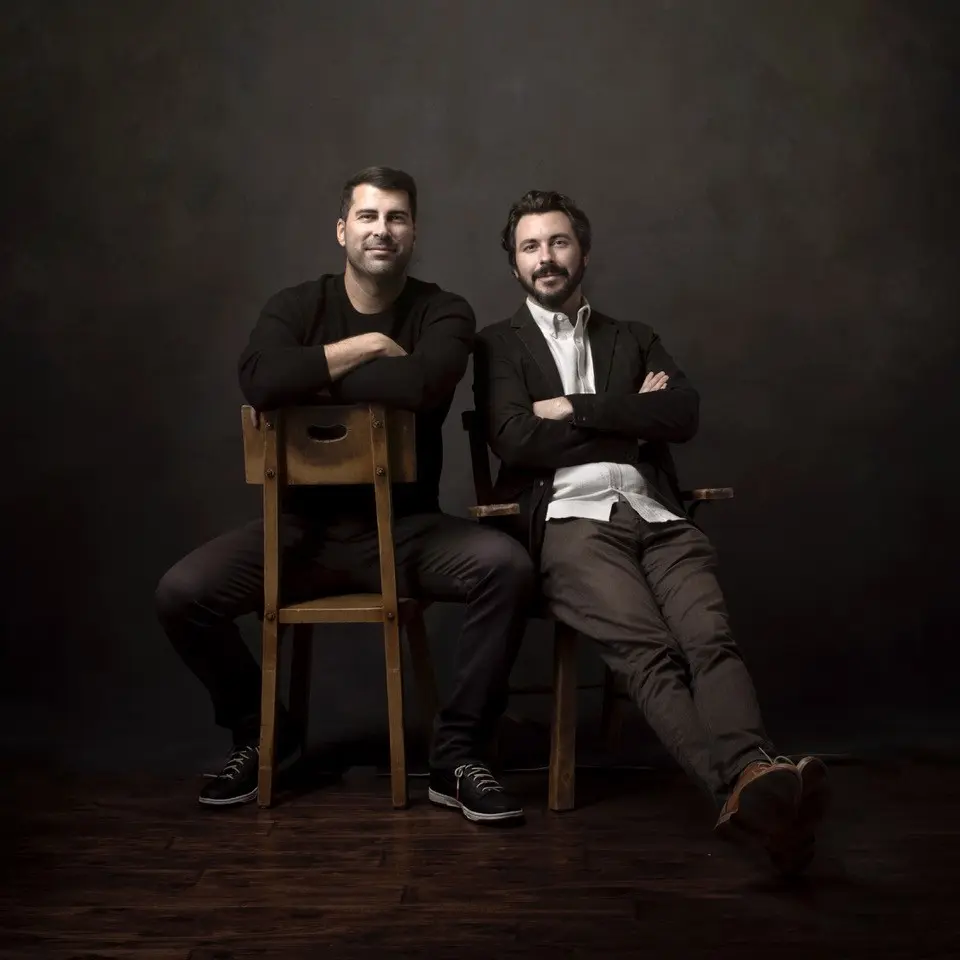



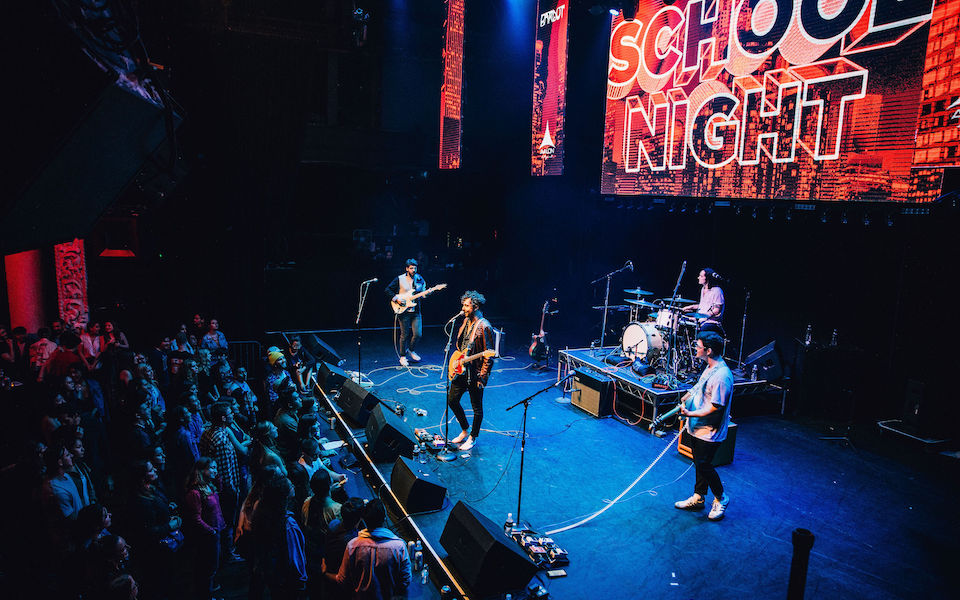






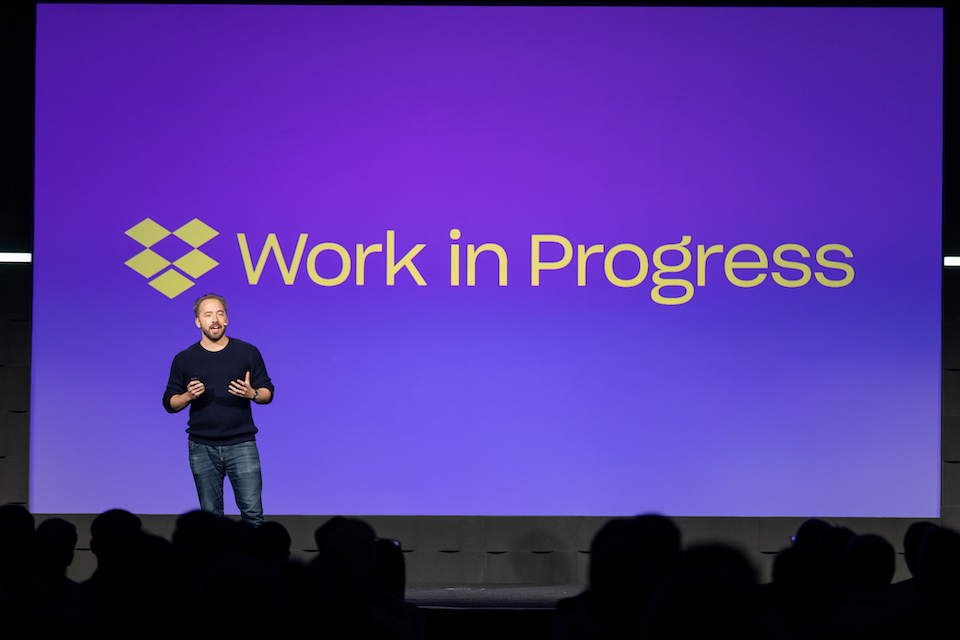



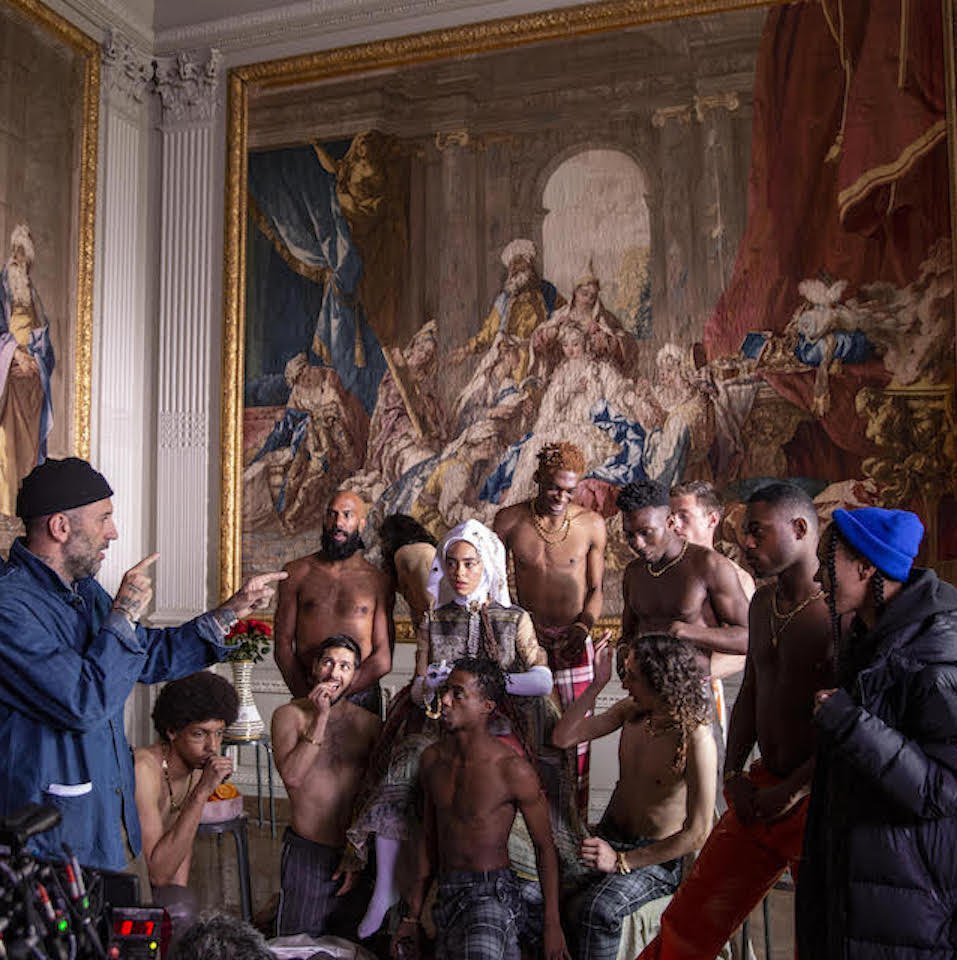

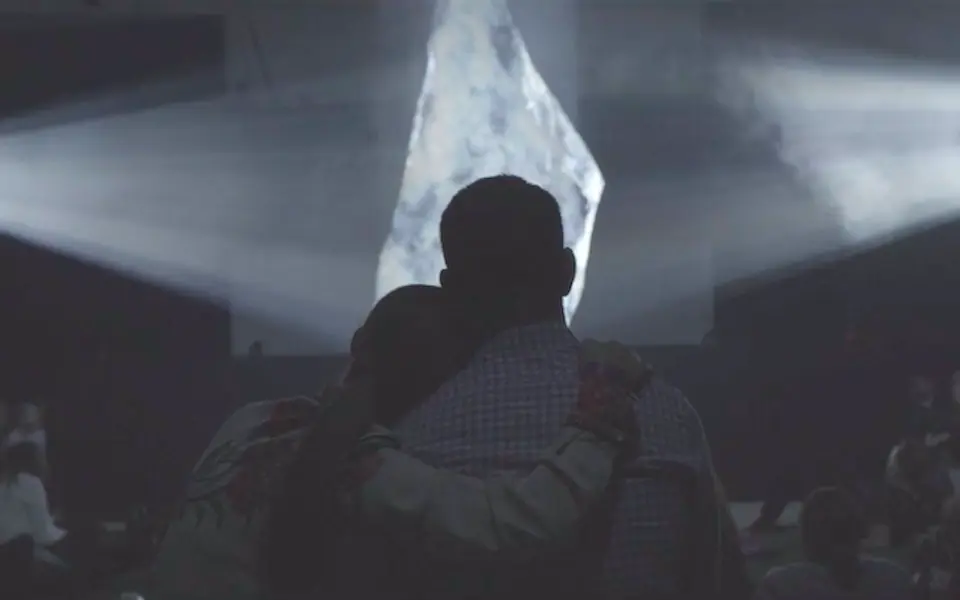
.png/_jcr_content/renditions/Karen%20O%20%2B%20Danger%20Mouse%20(photo%20by%20Eliot%20Lee%20Hazel).webp)


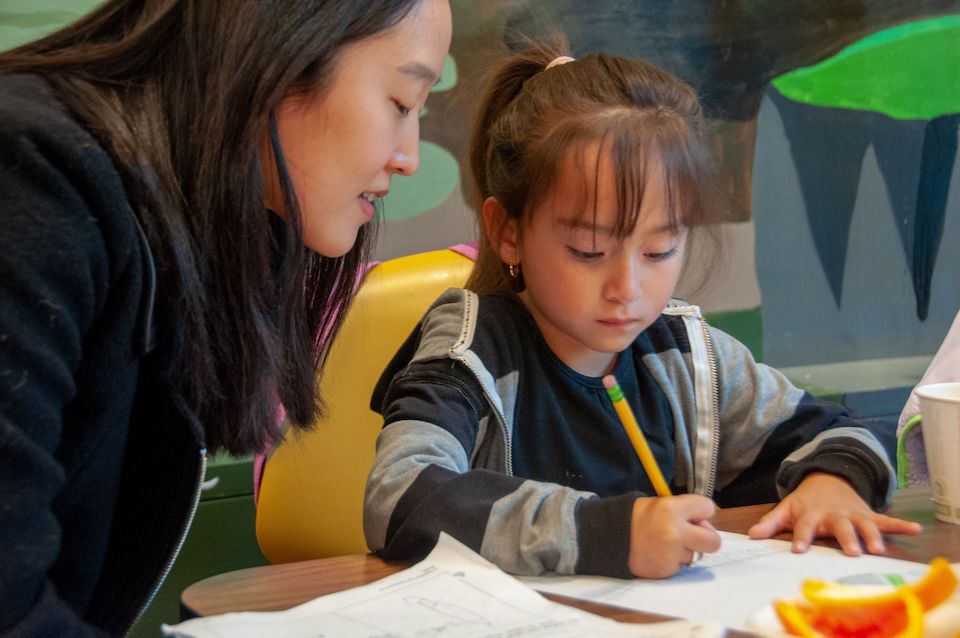


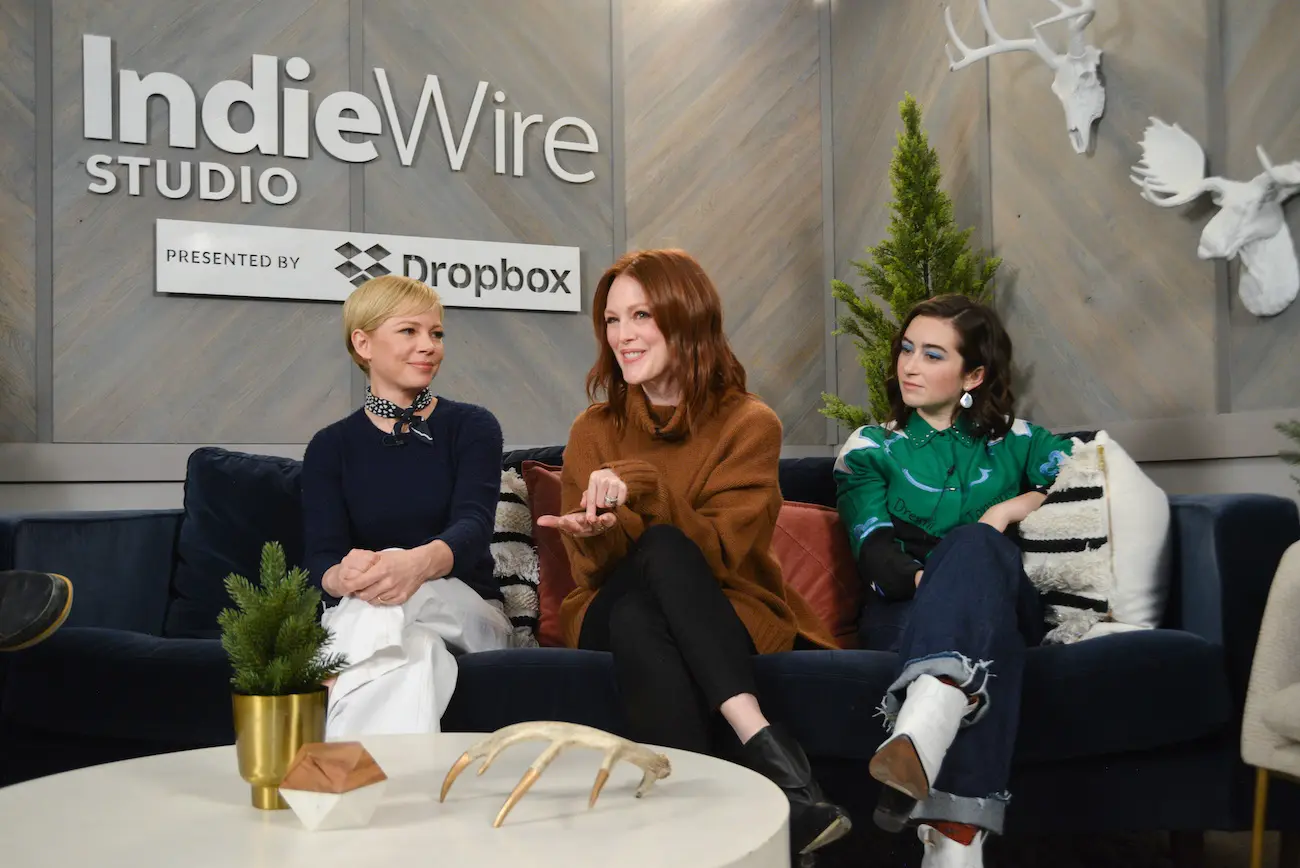


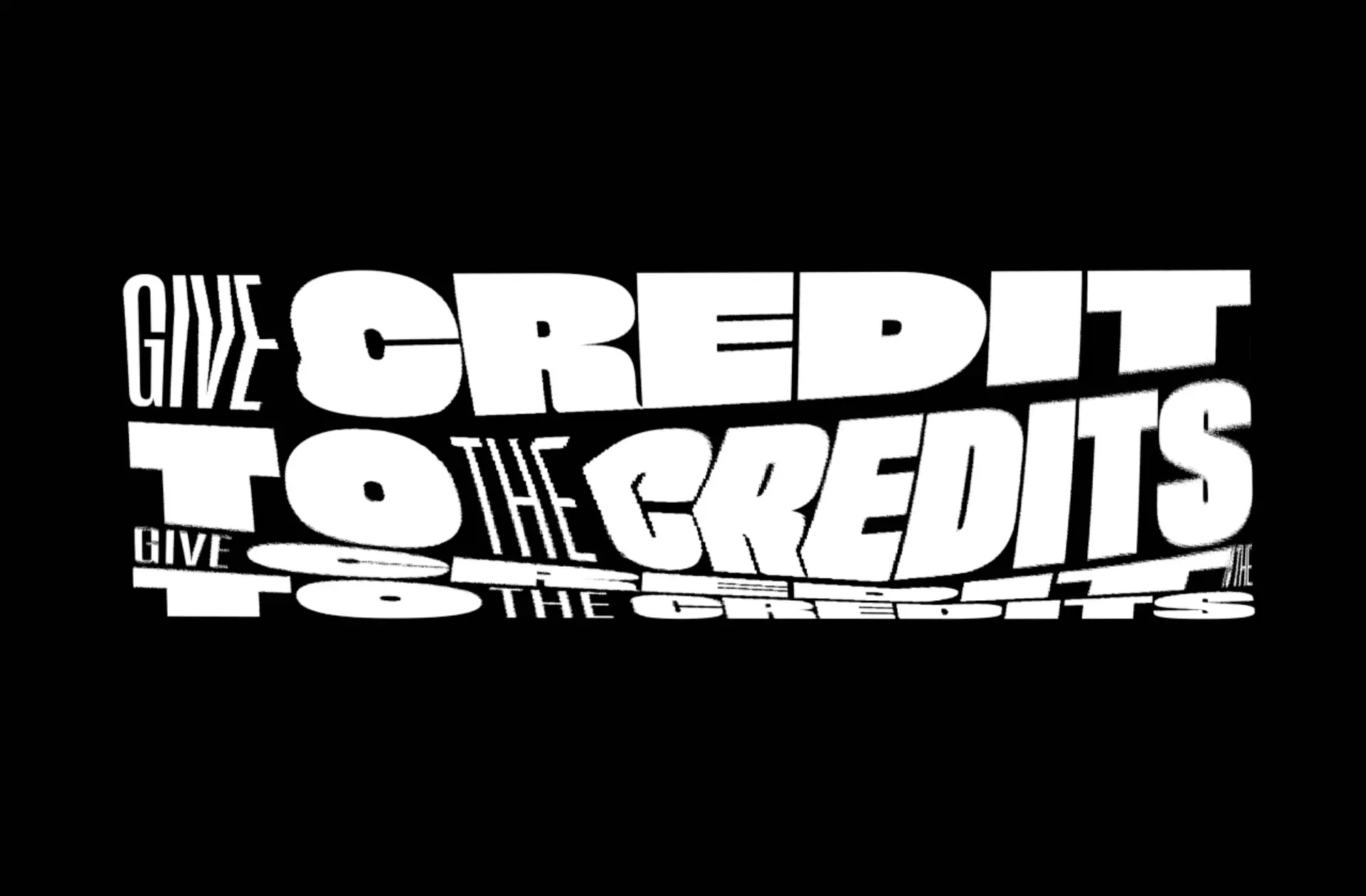
.jpg/_jcr_content/renditions/Extremely%20Wicked%20Shockingly%20Evil%20and%20Vile_Sundance19_Director%20Joe%20Berlinger%20(3).webp)

.jpg/_jcr_content/renditions/Bedlam%2014%20(1).webp)

